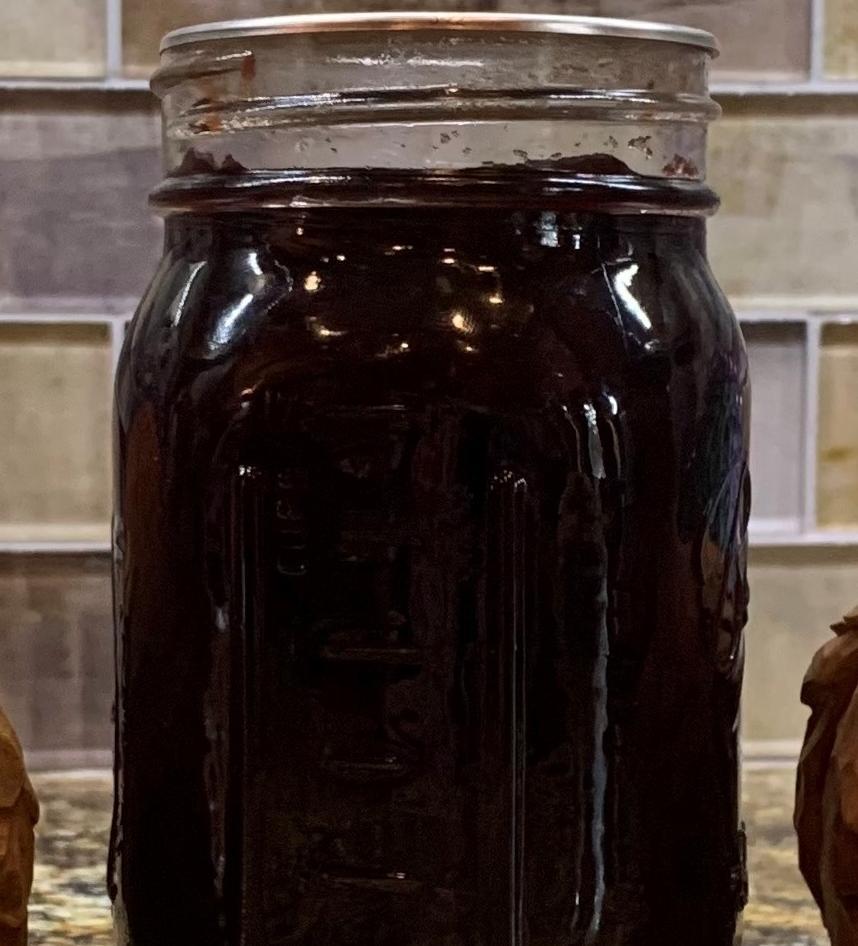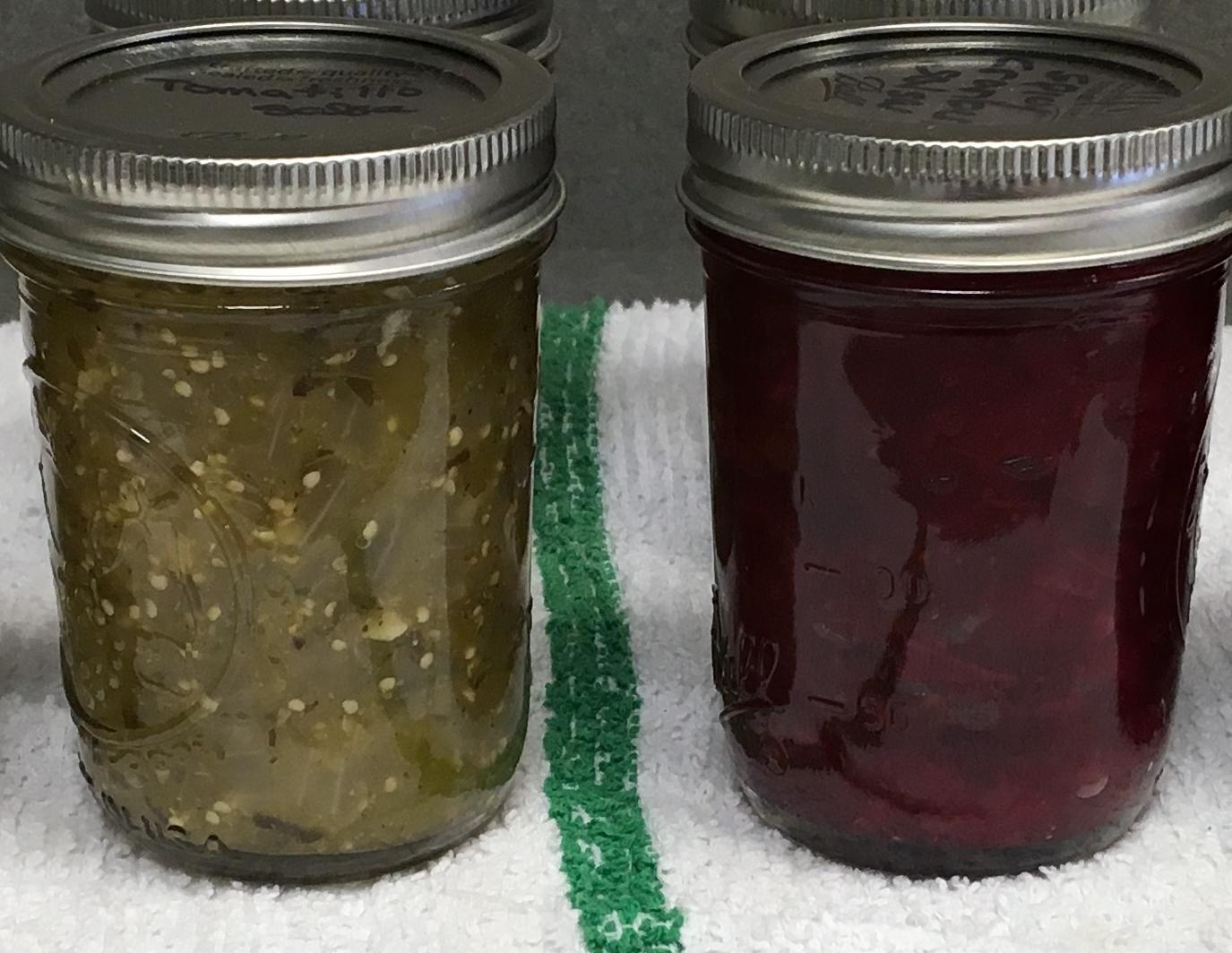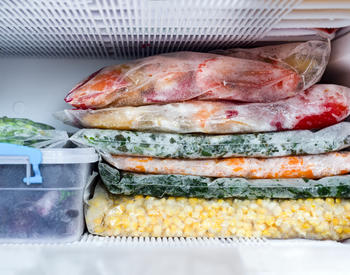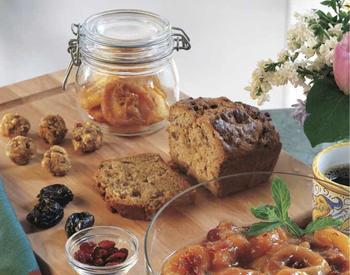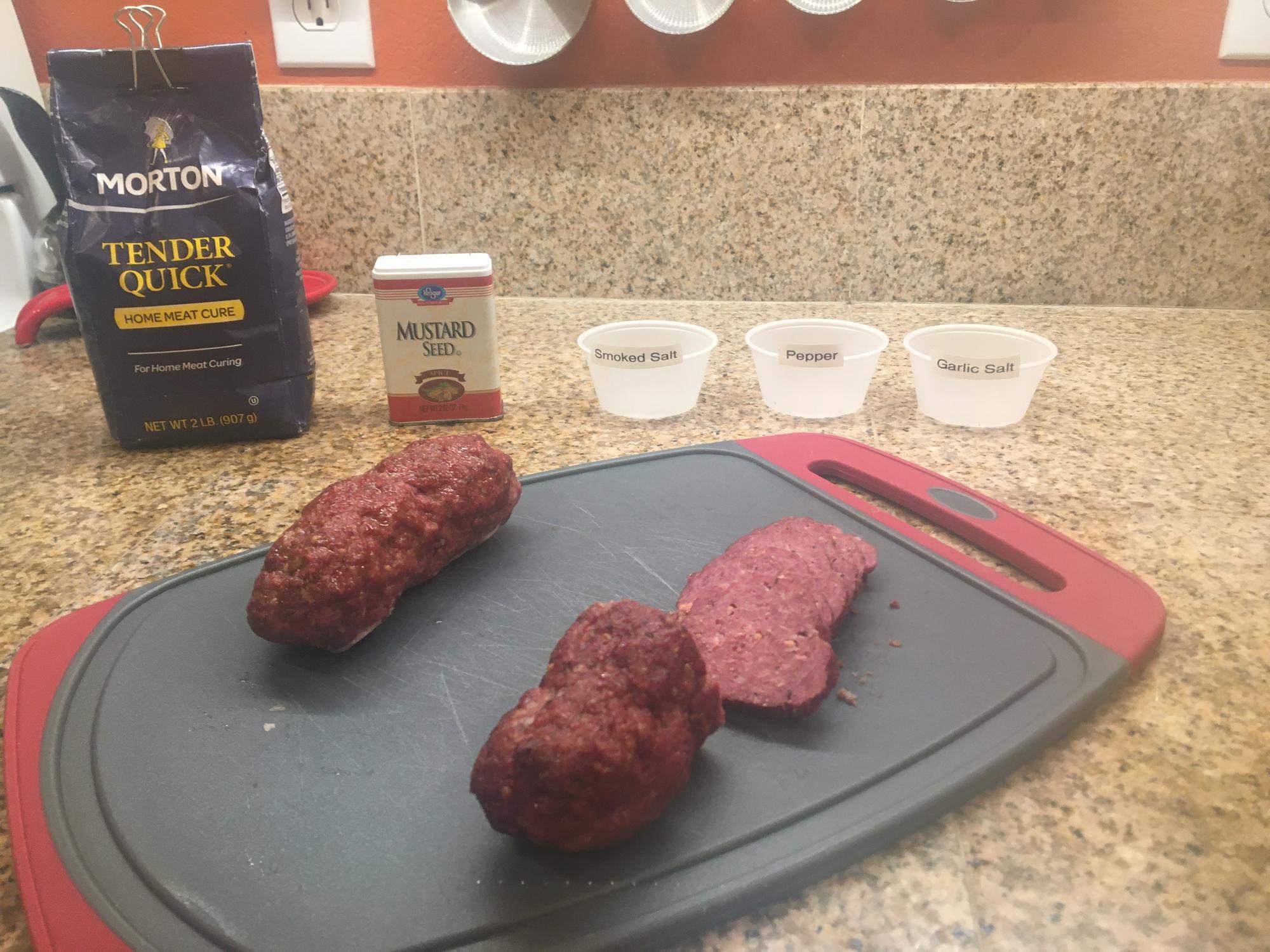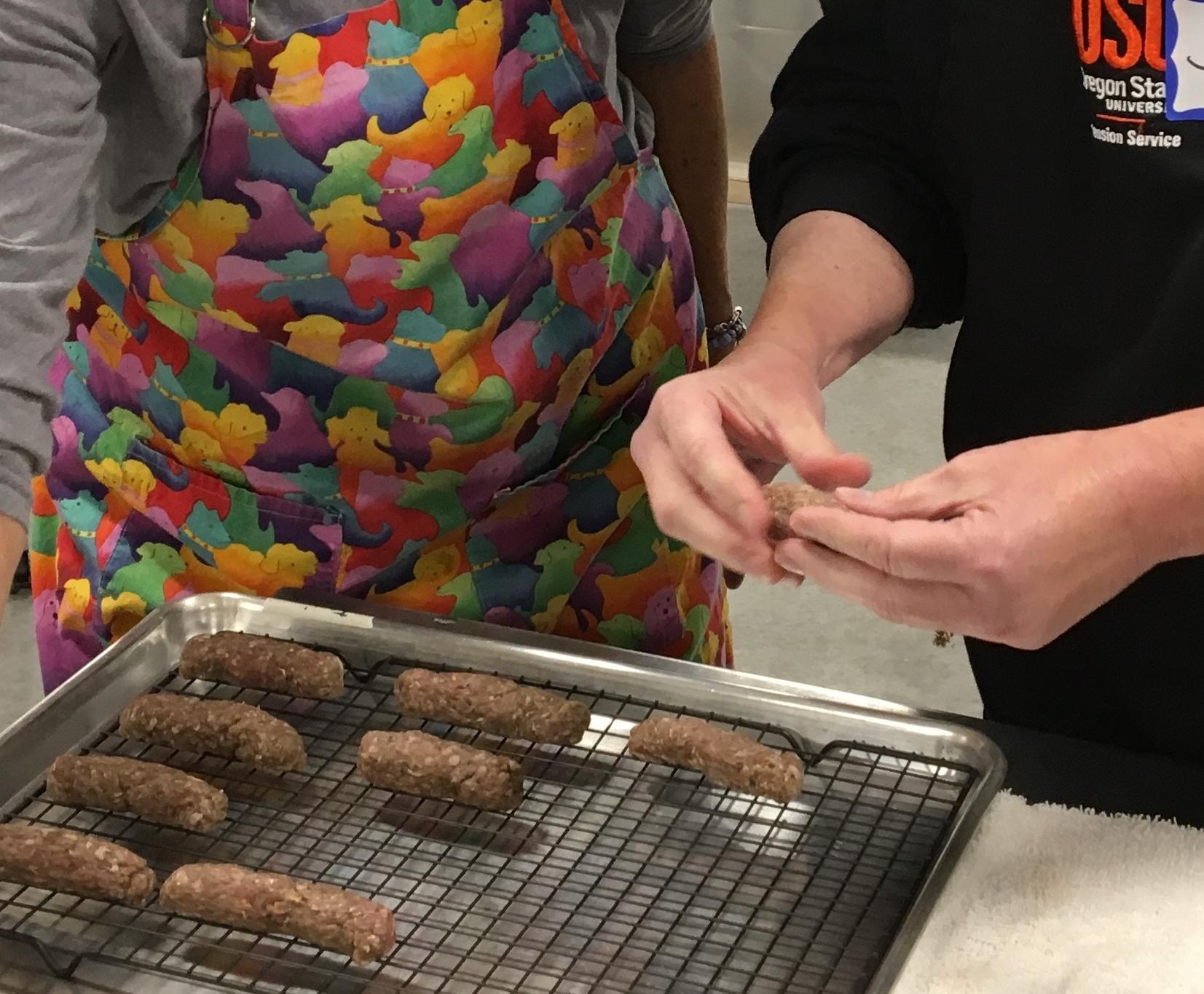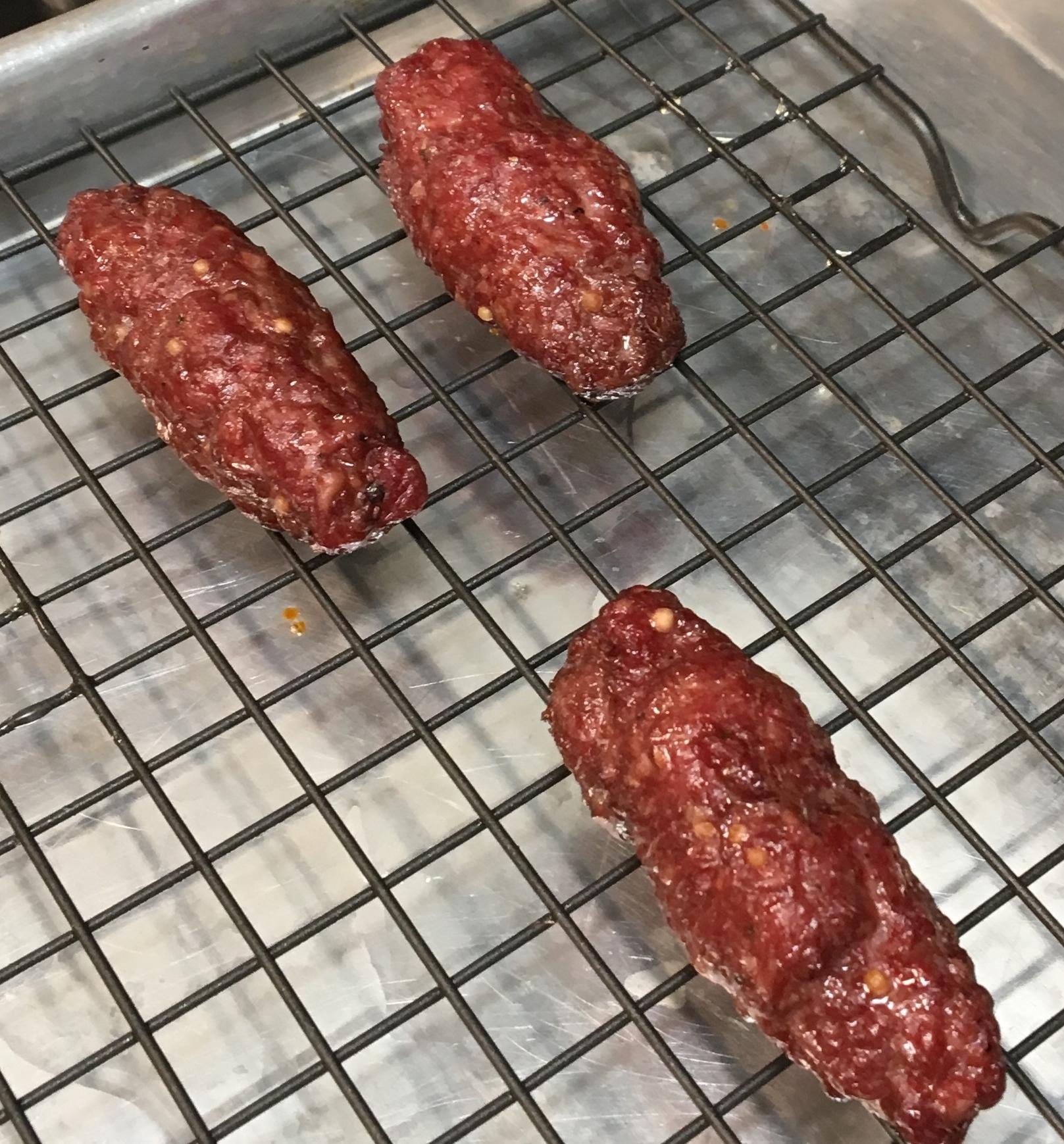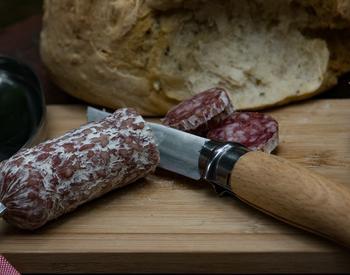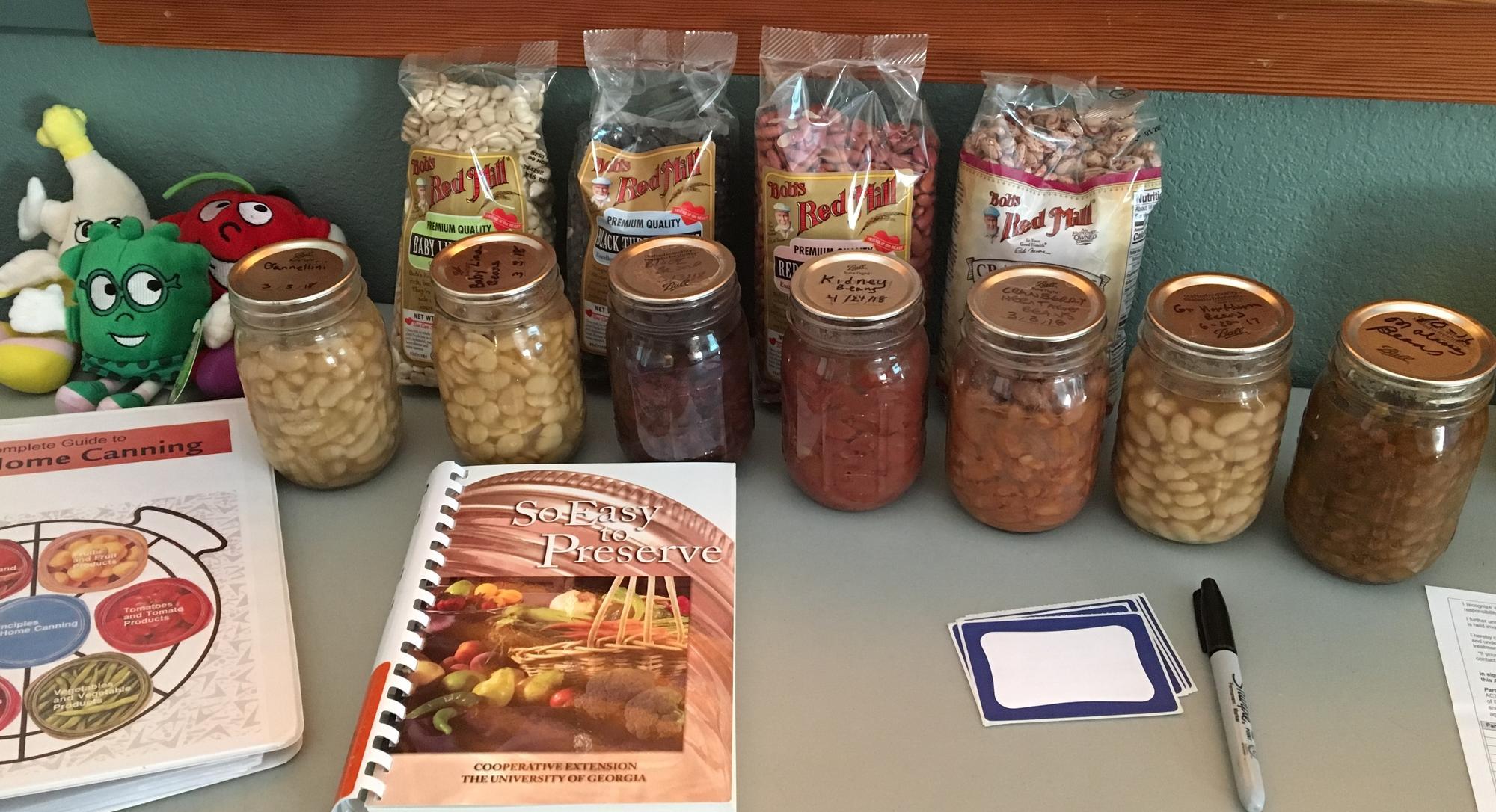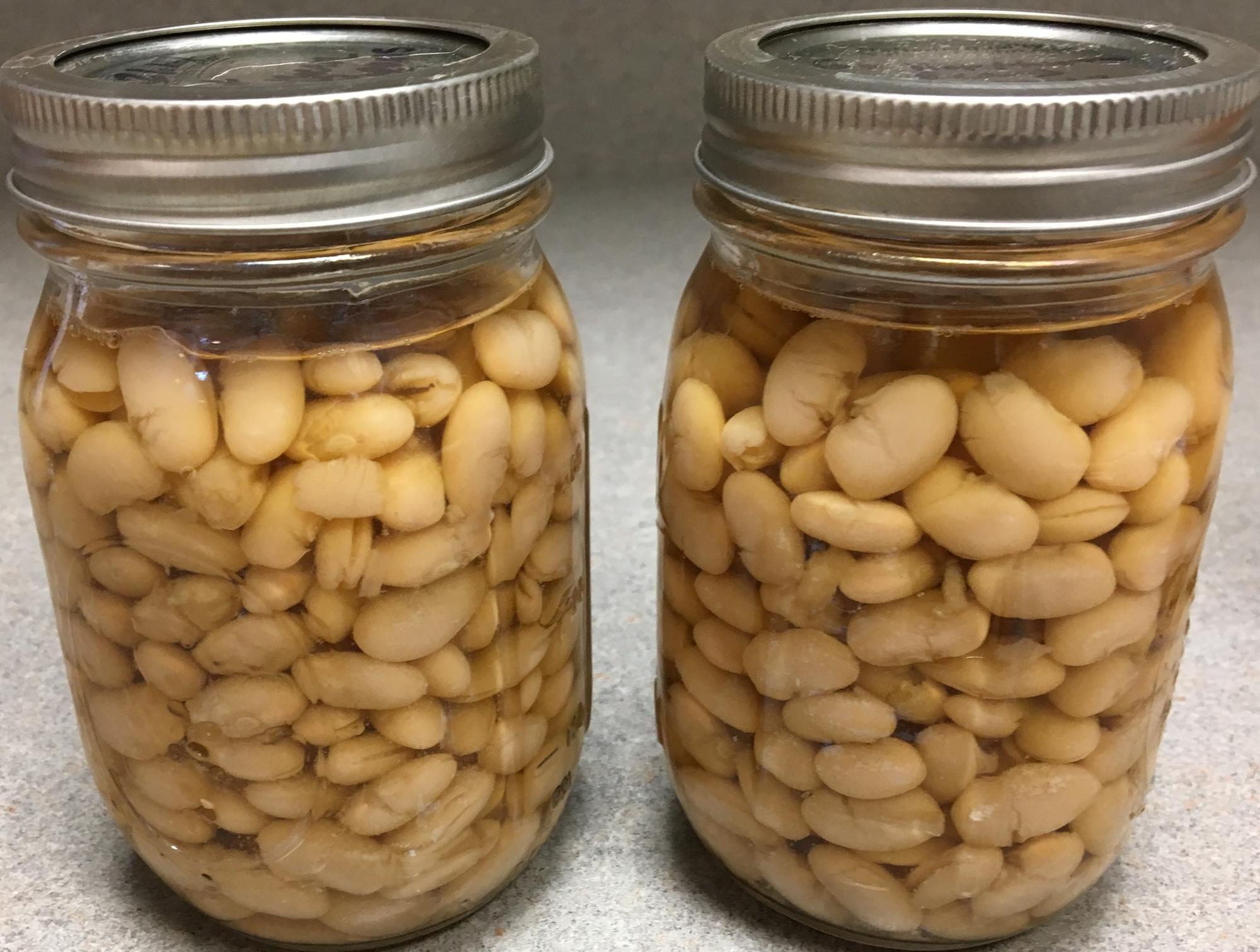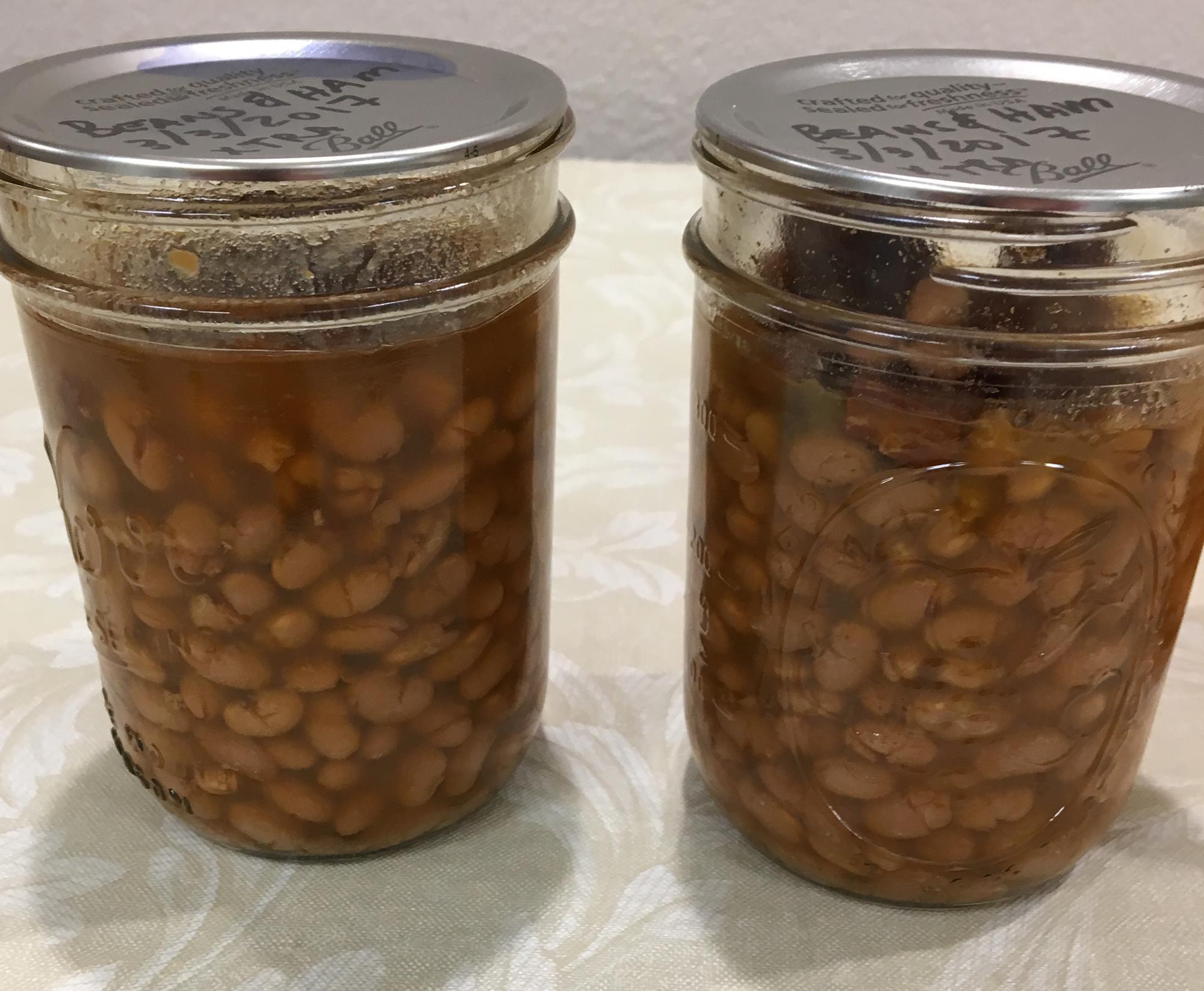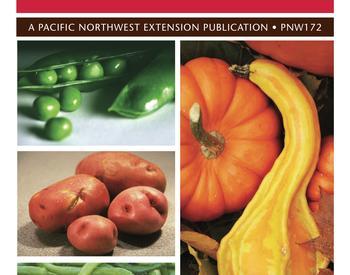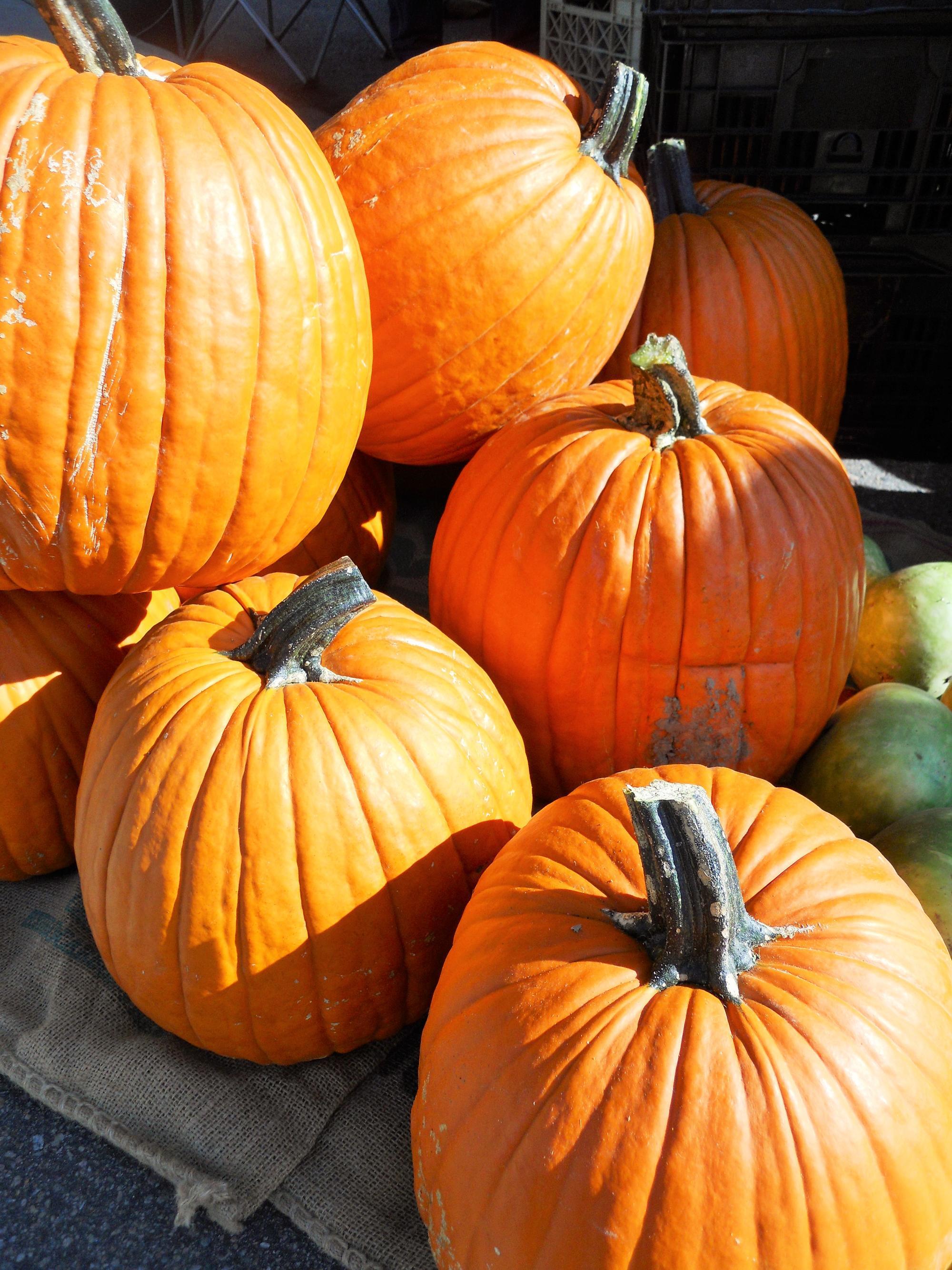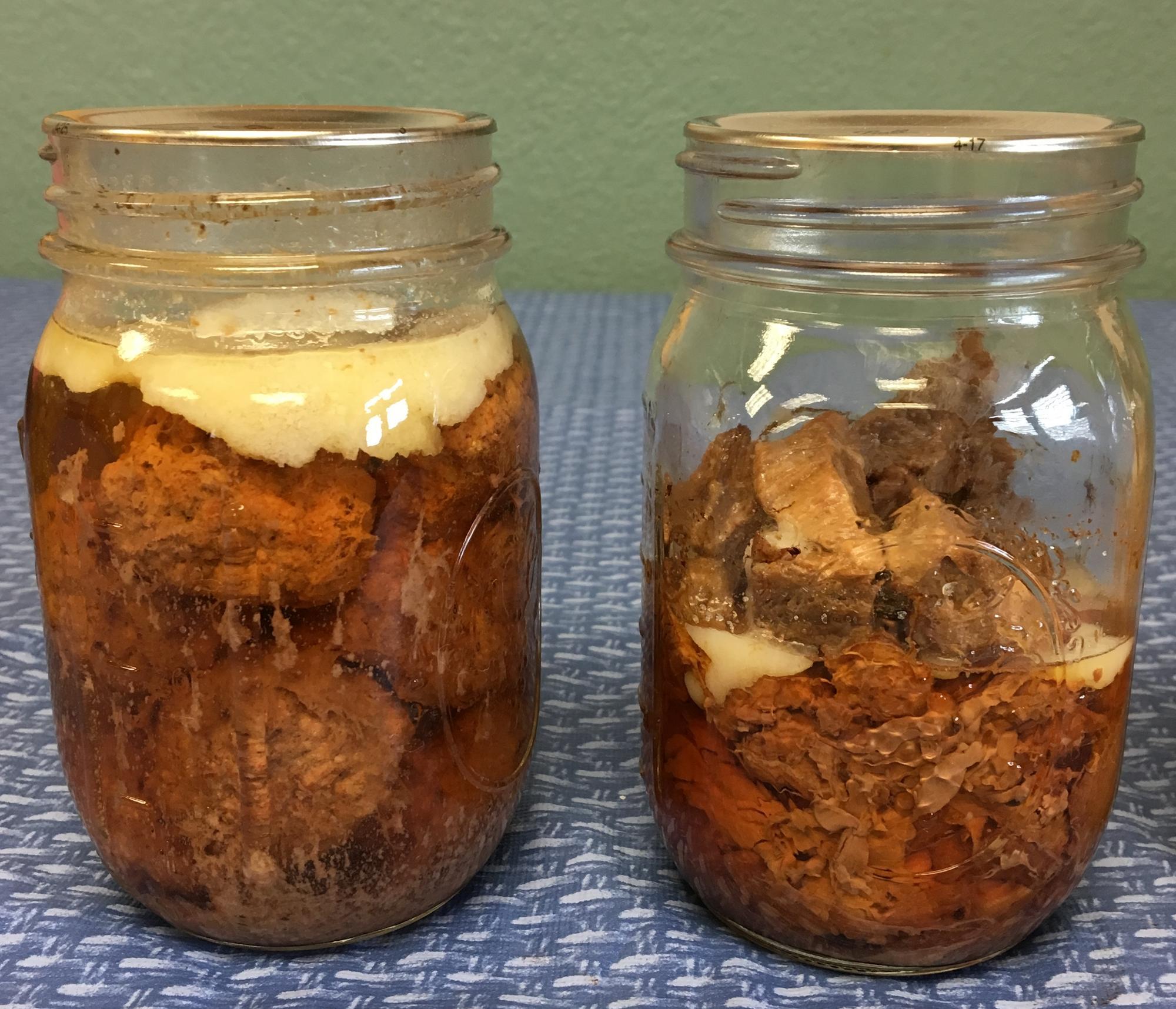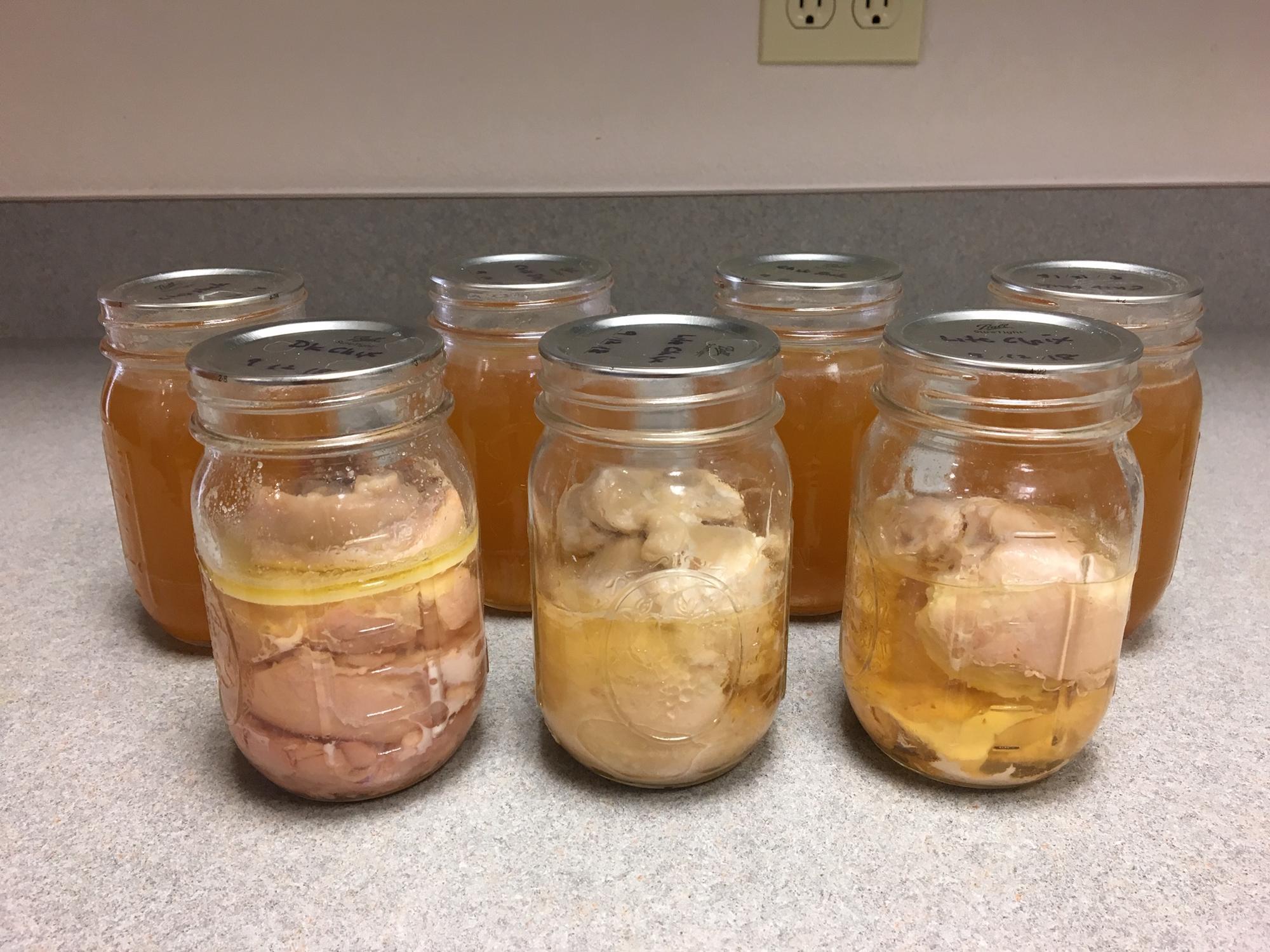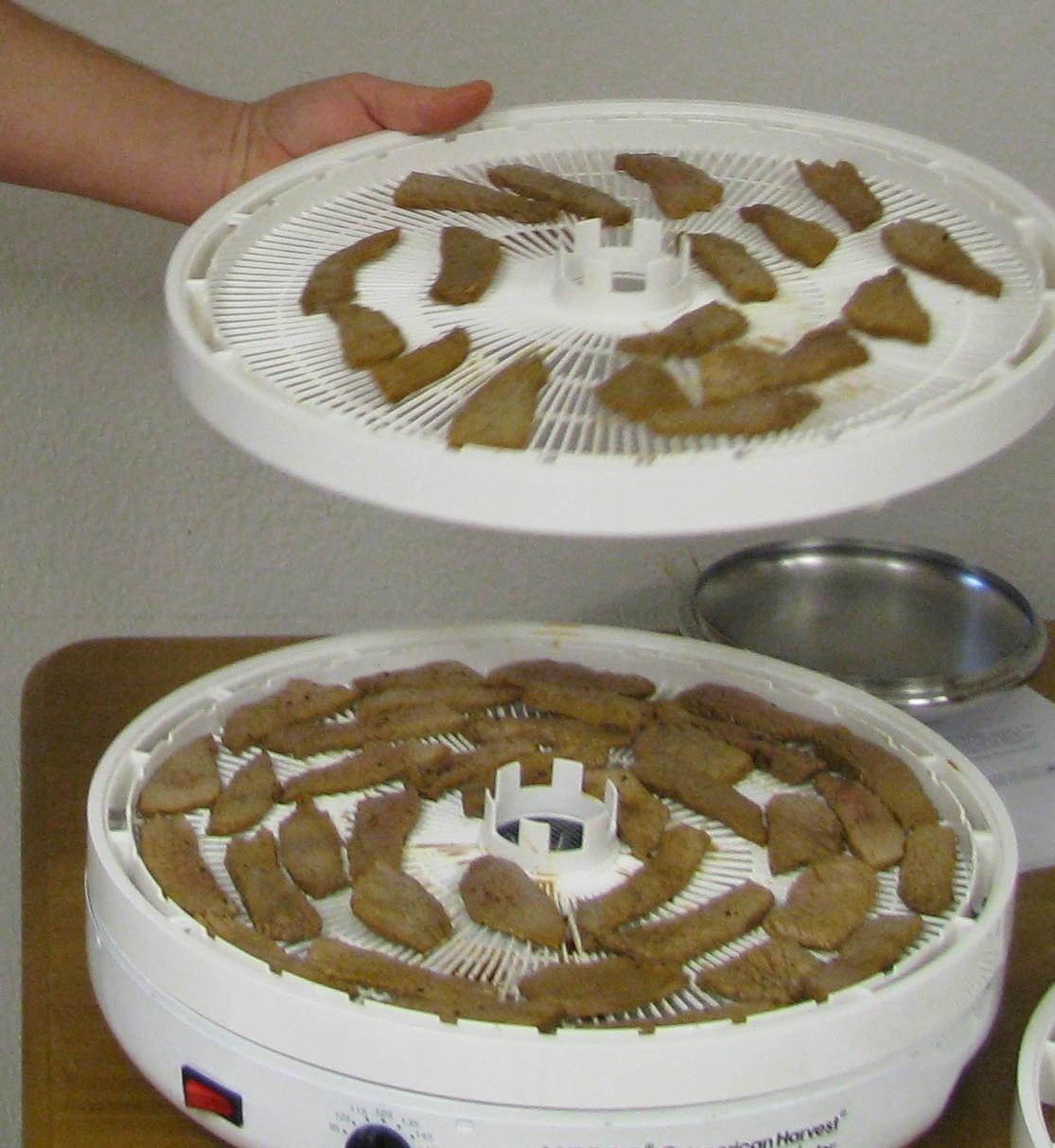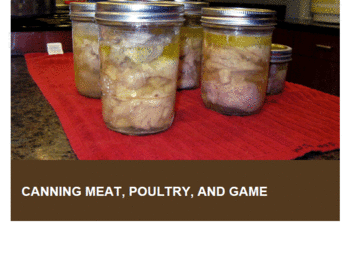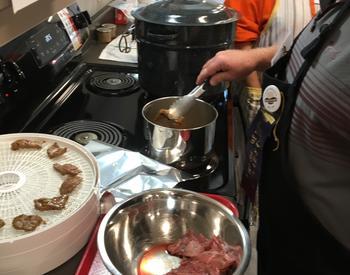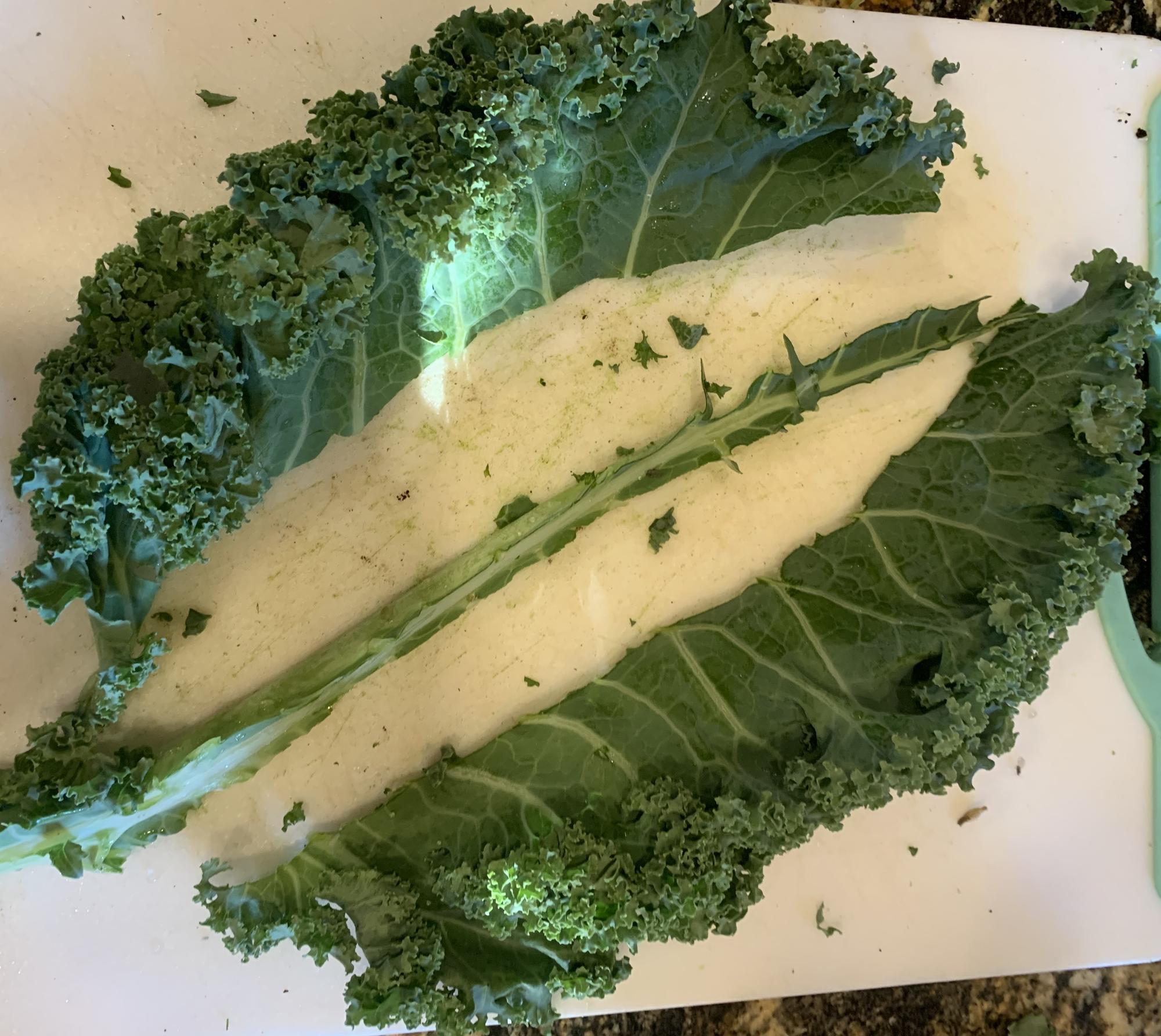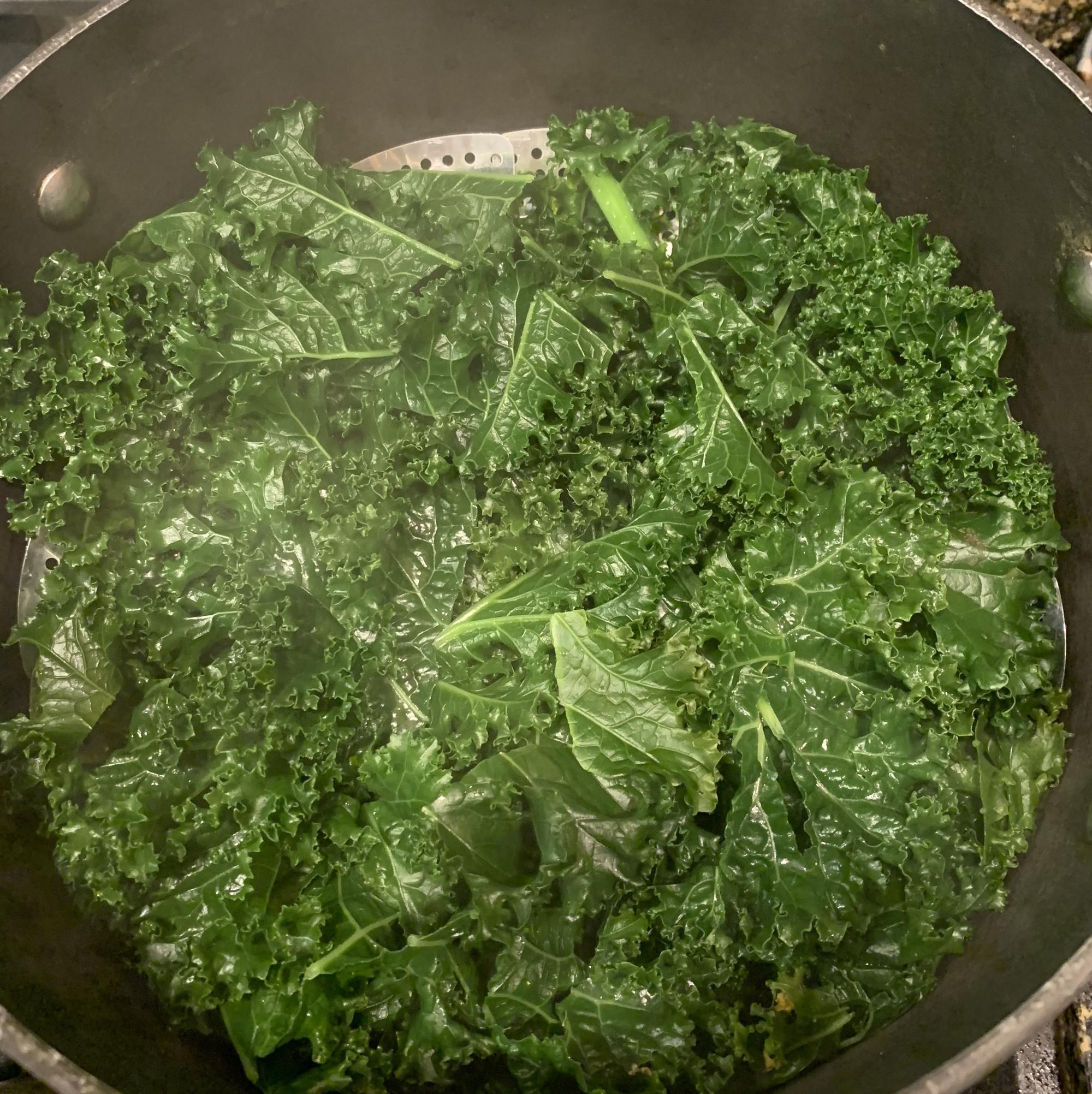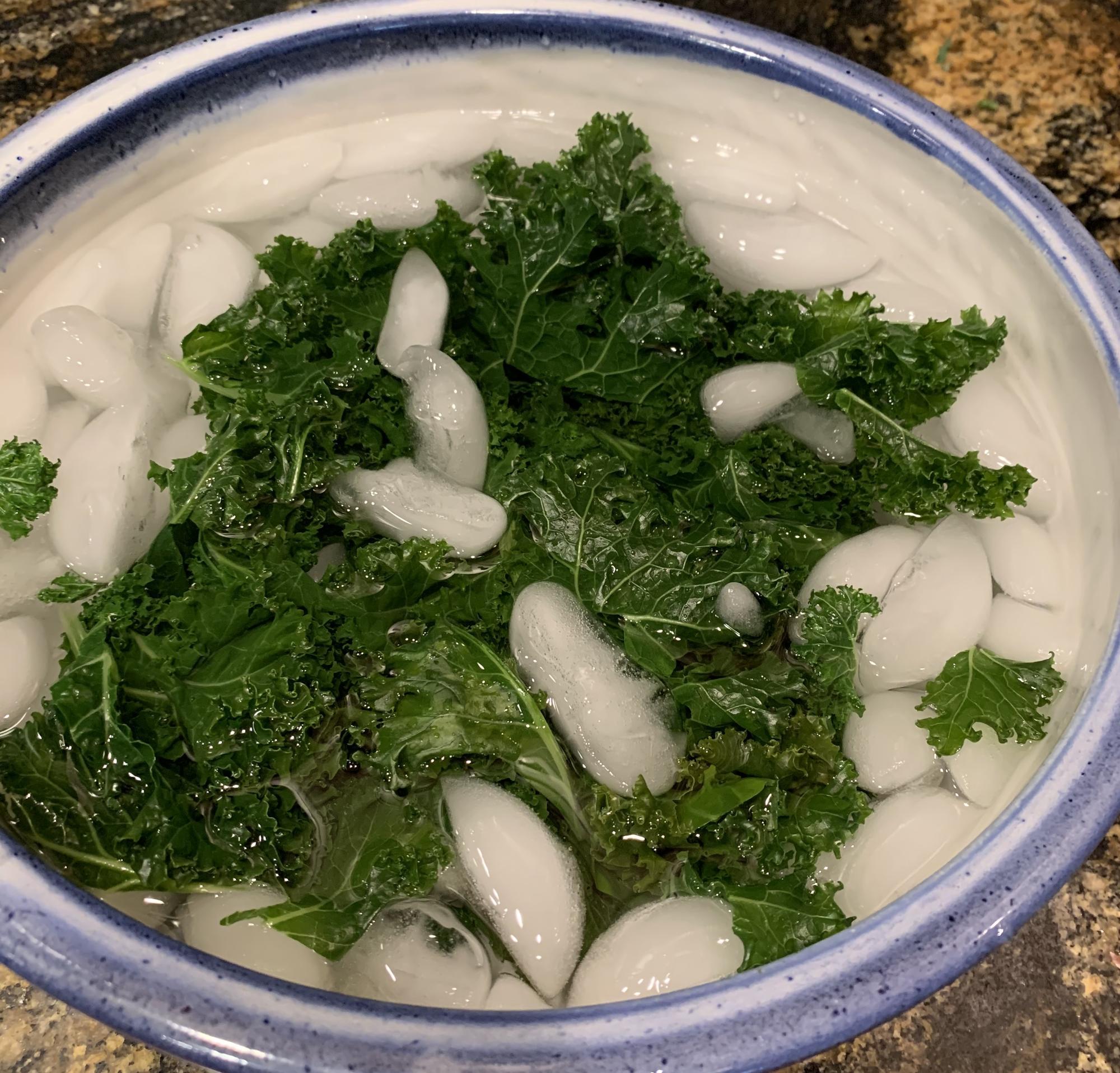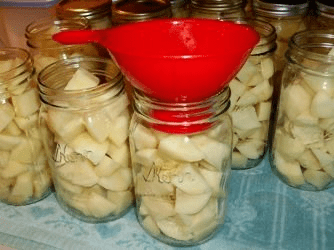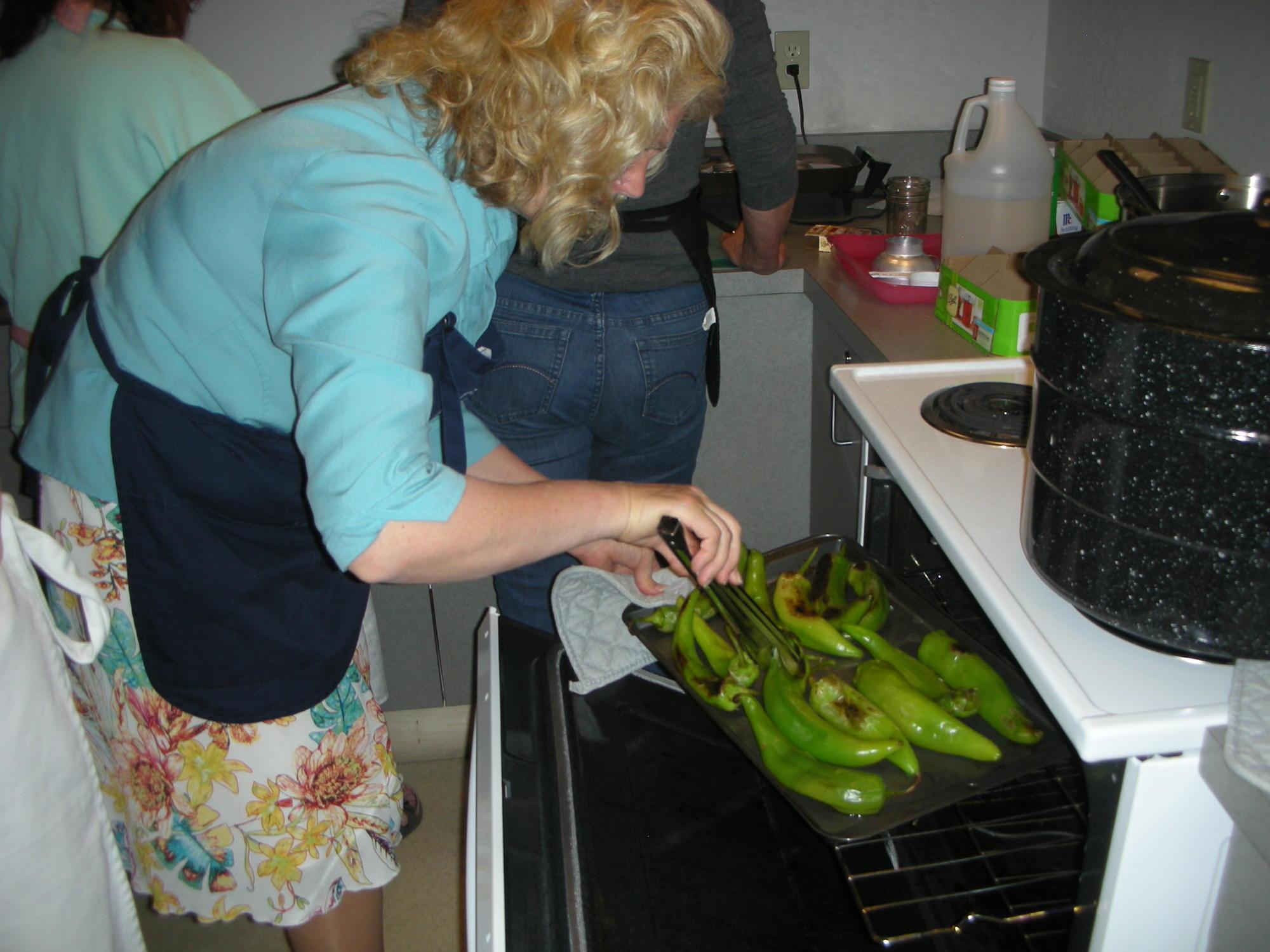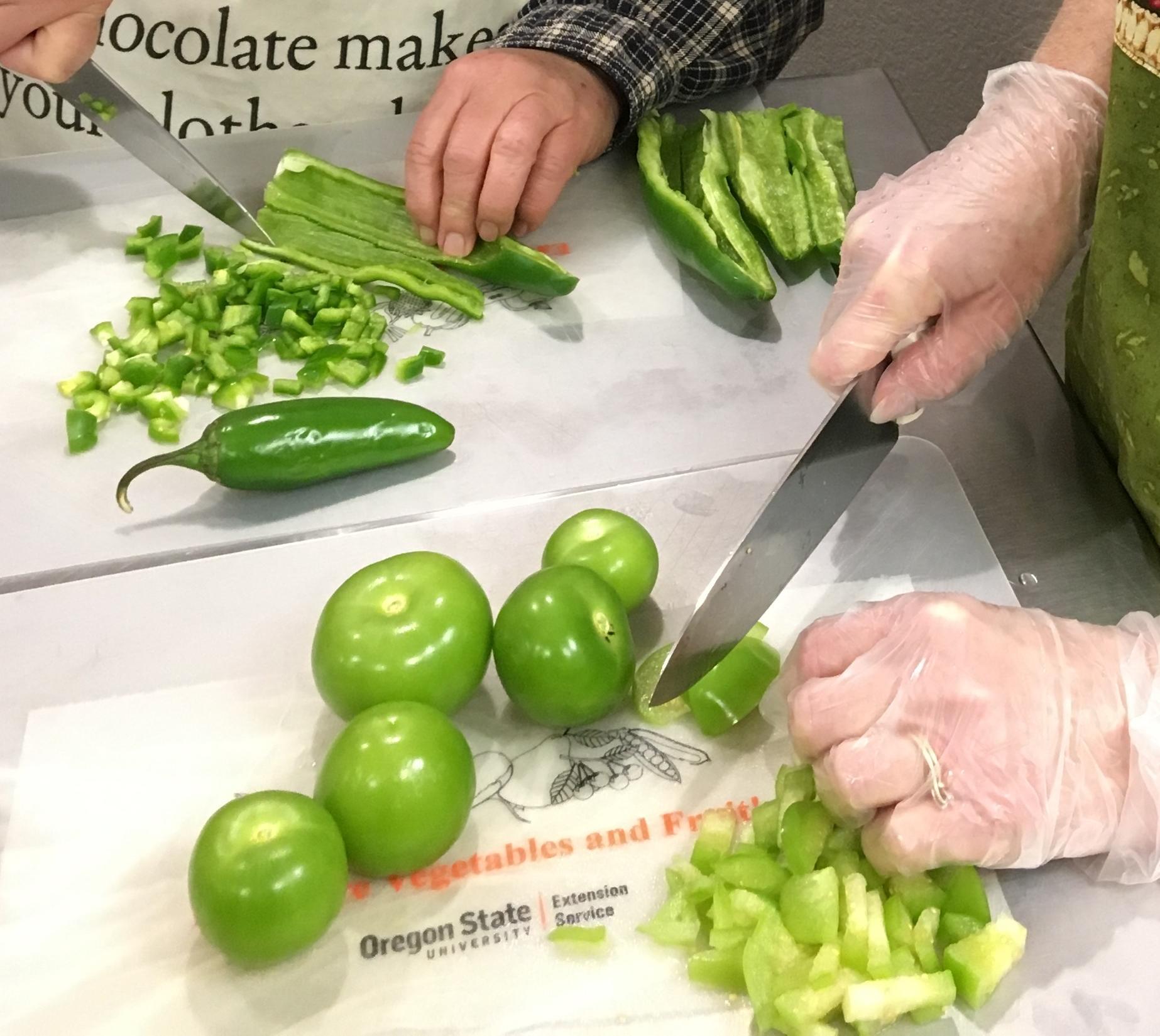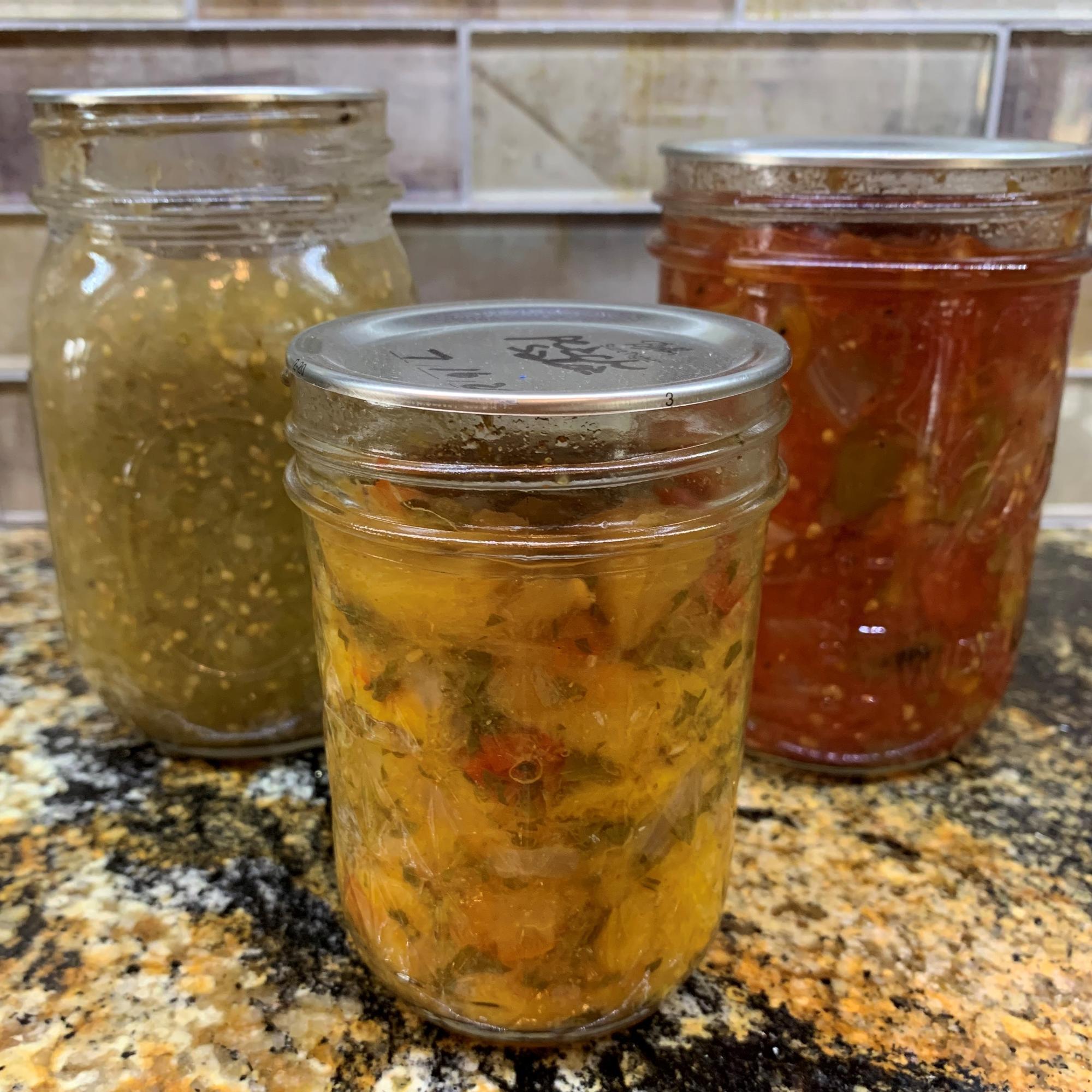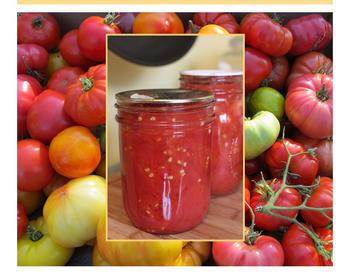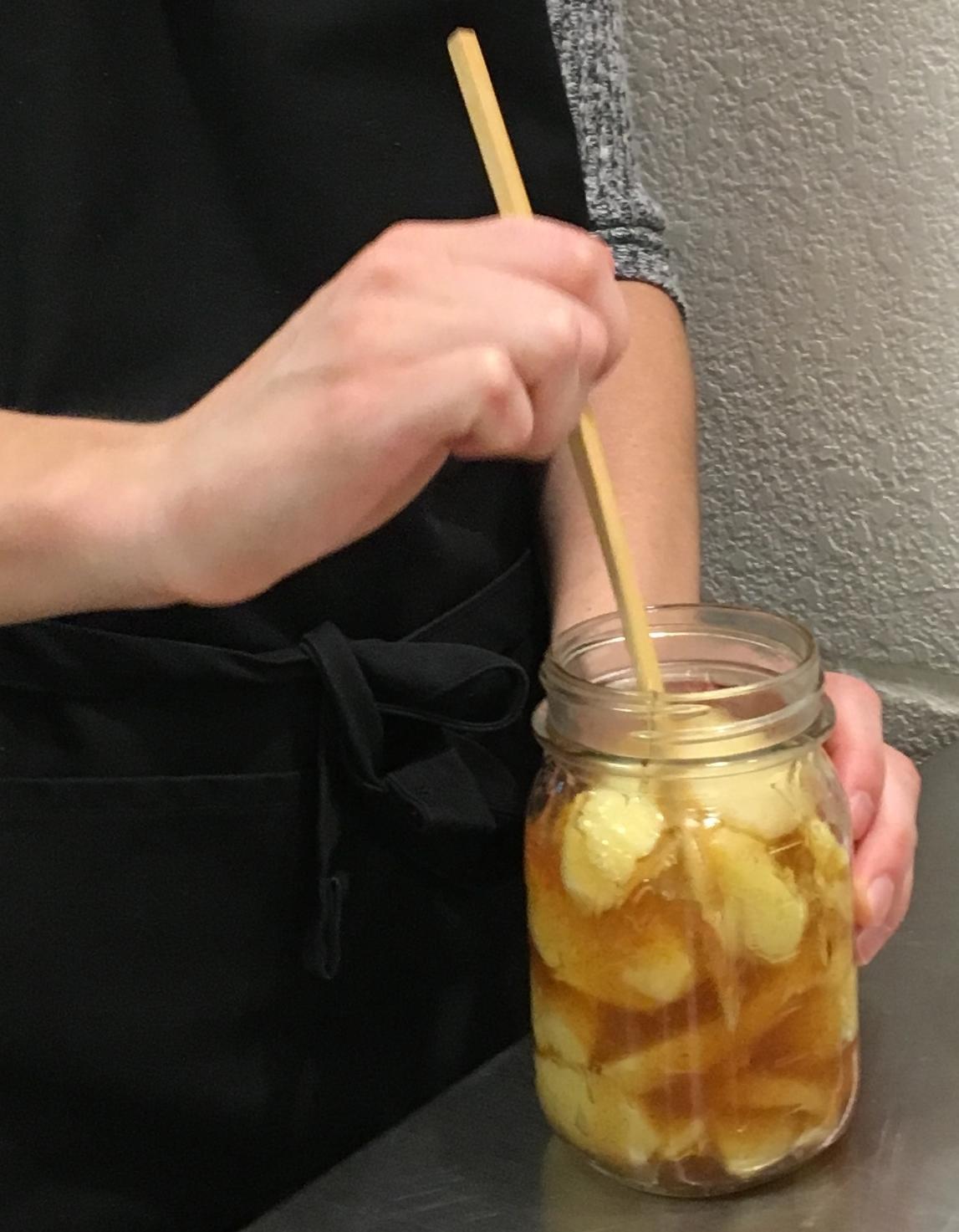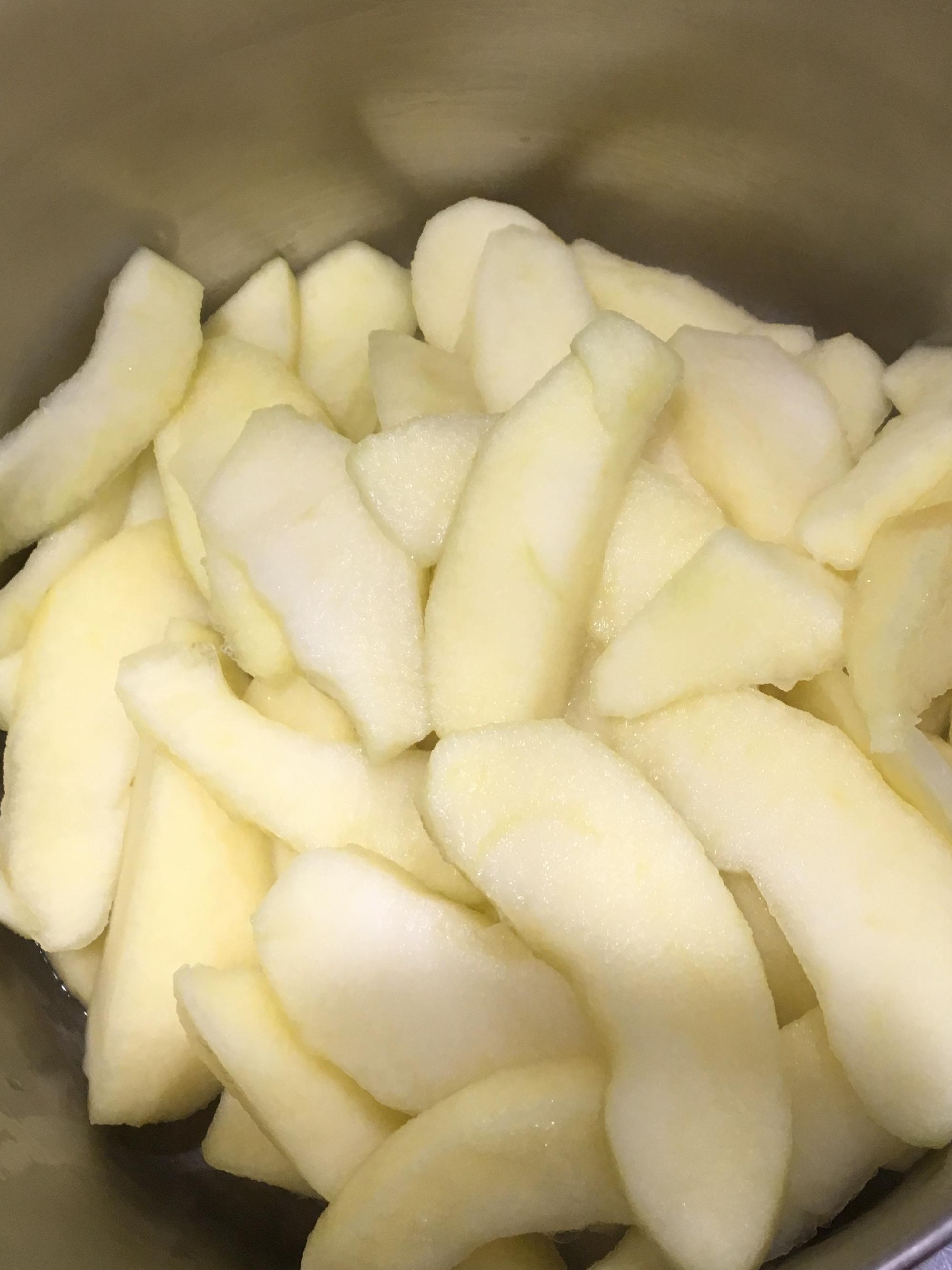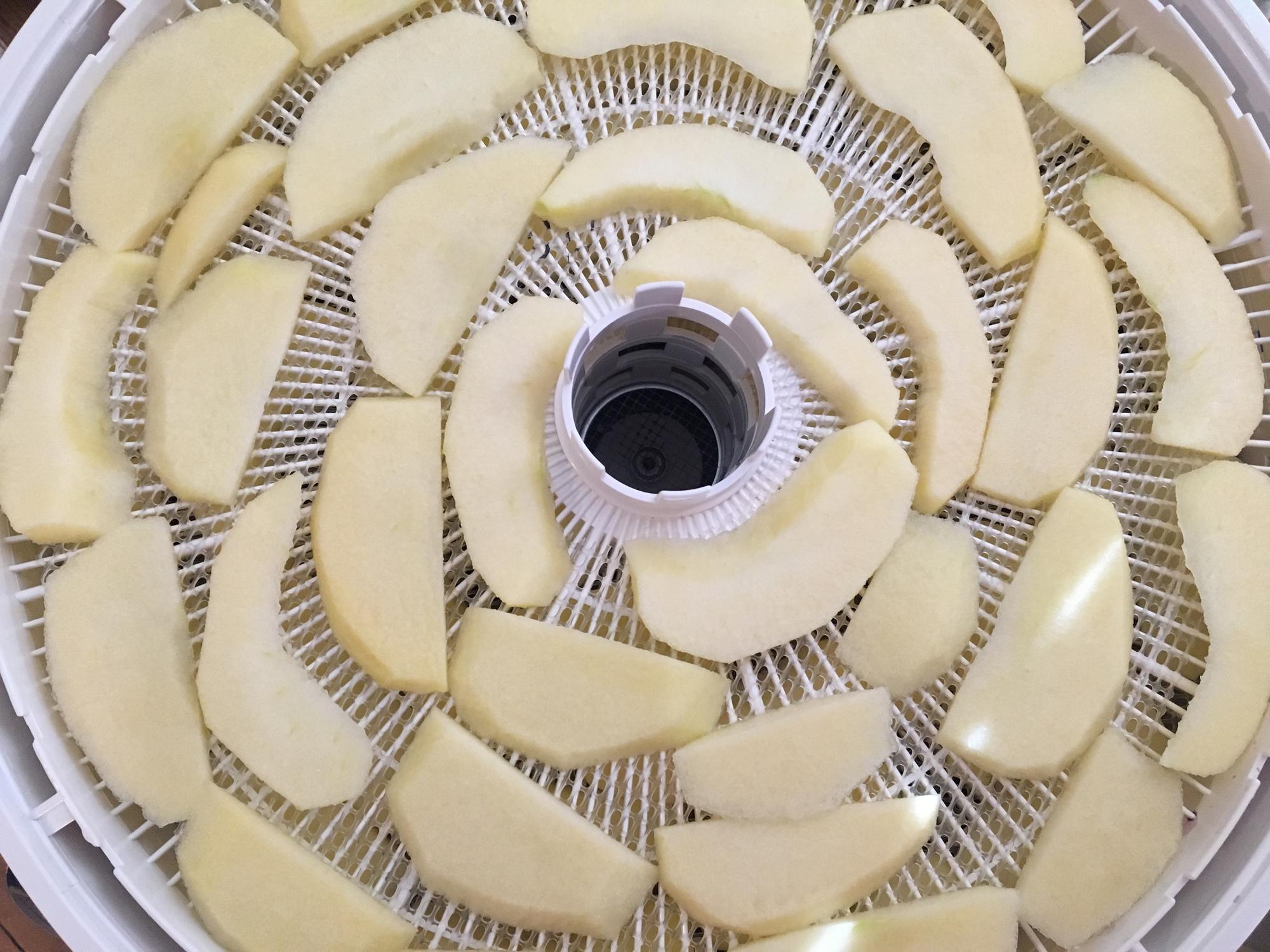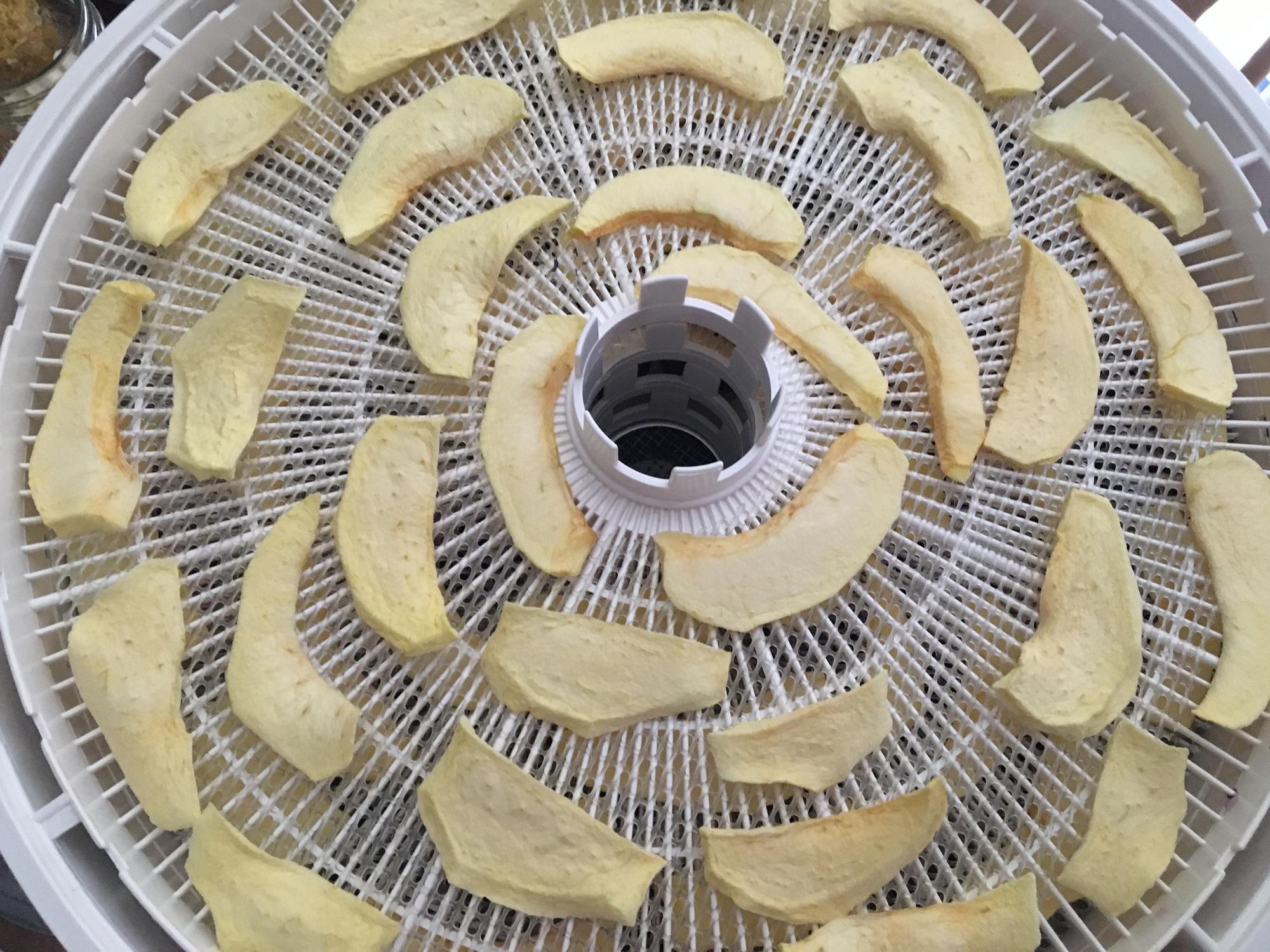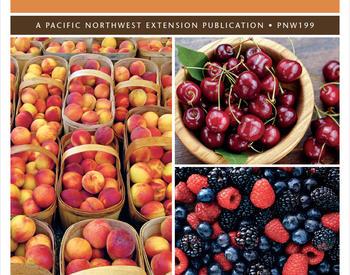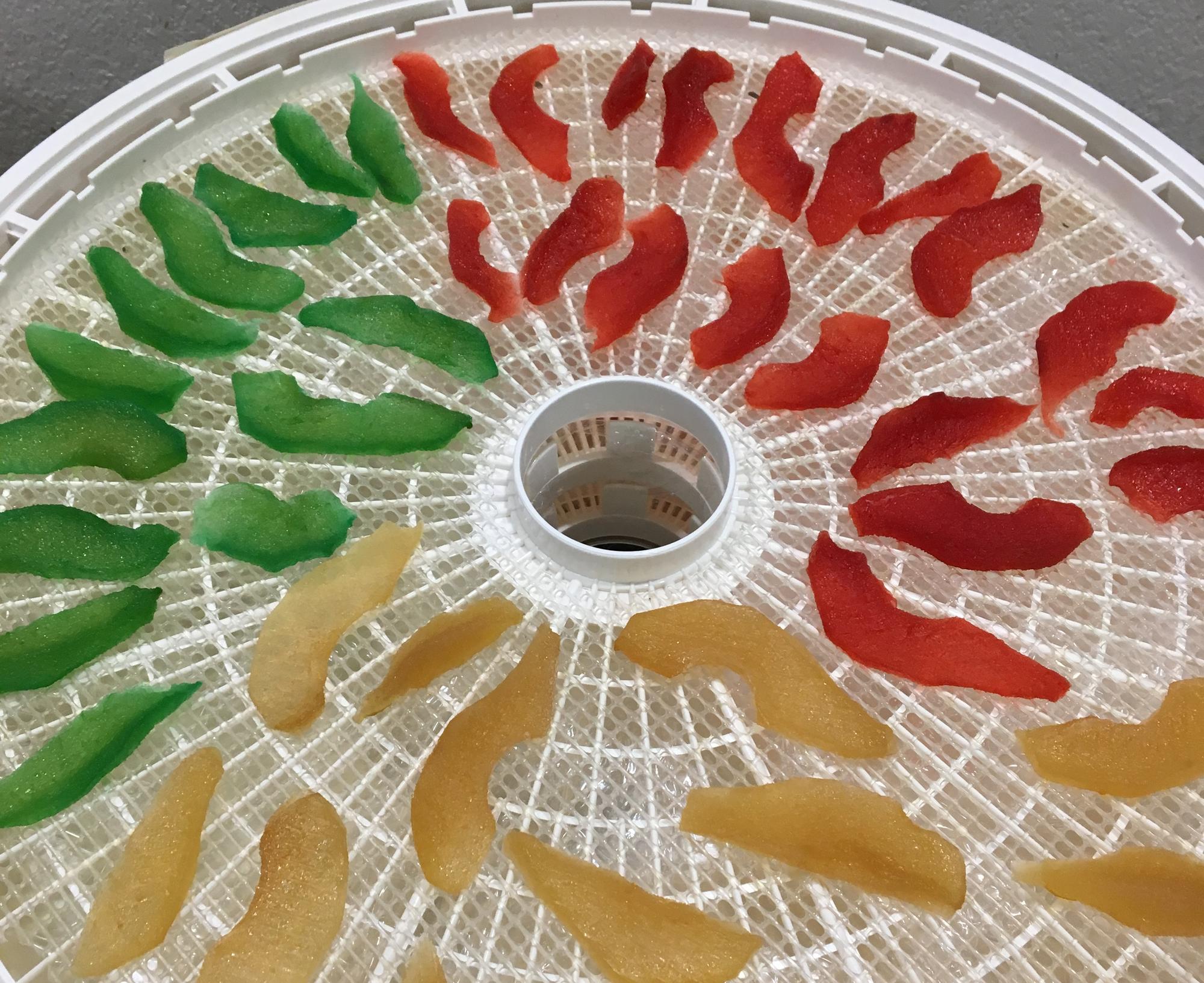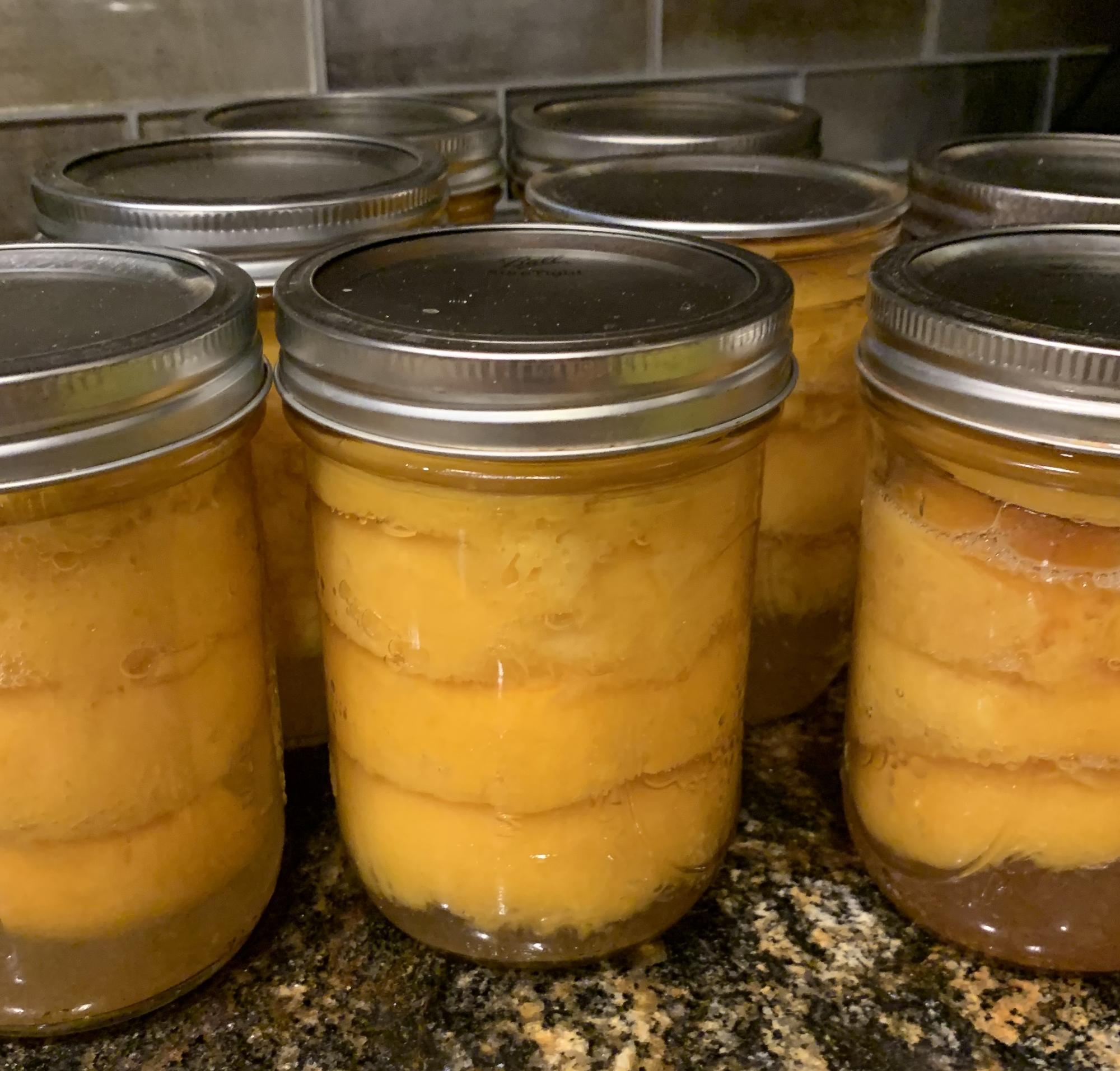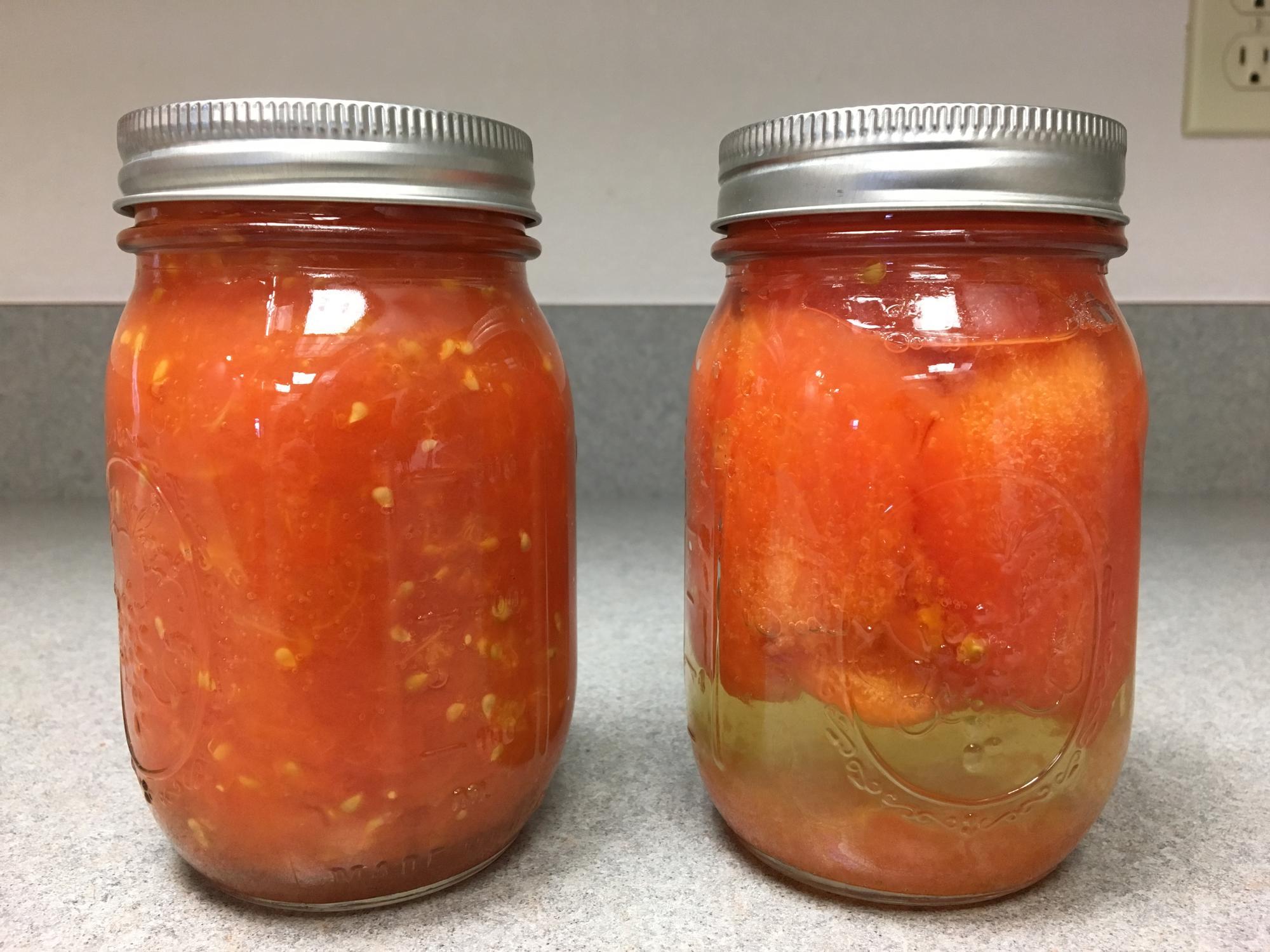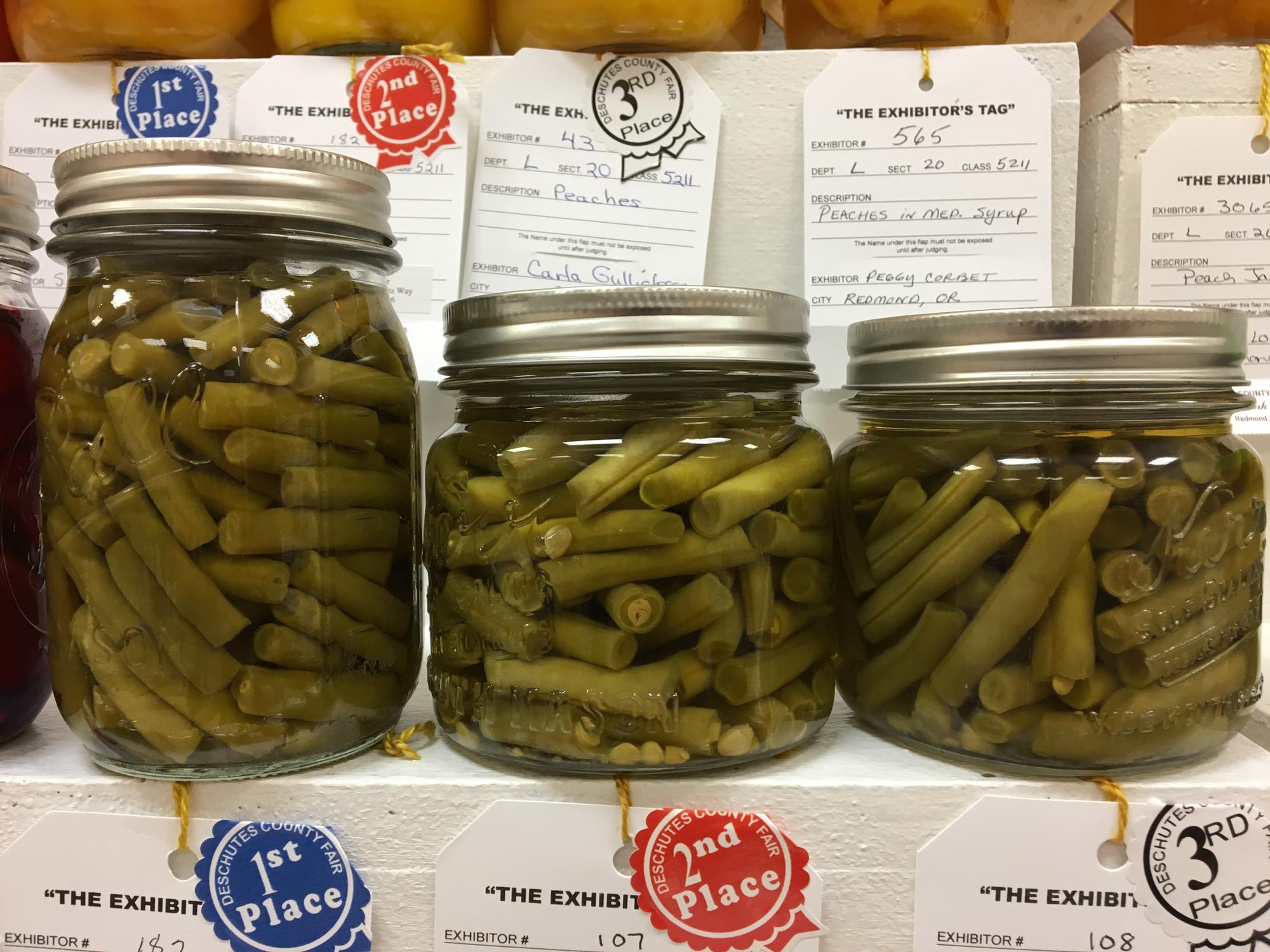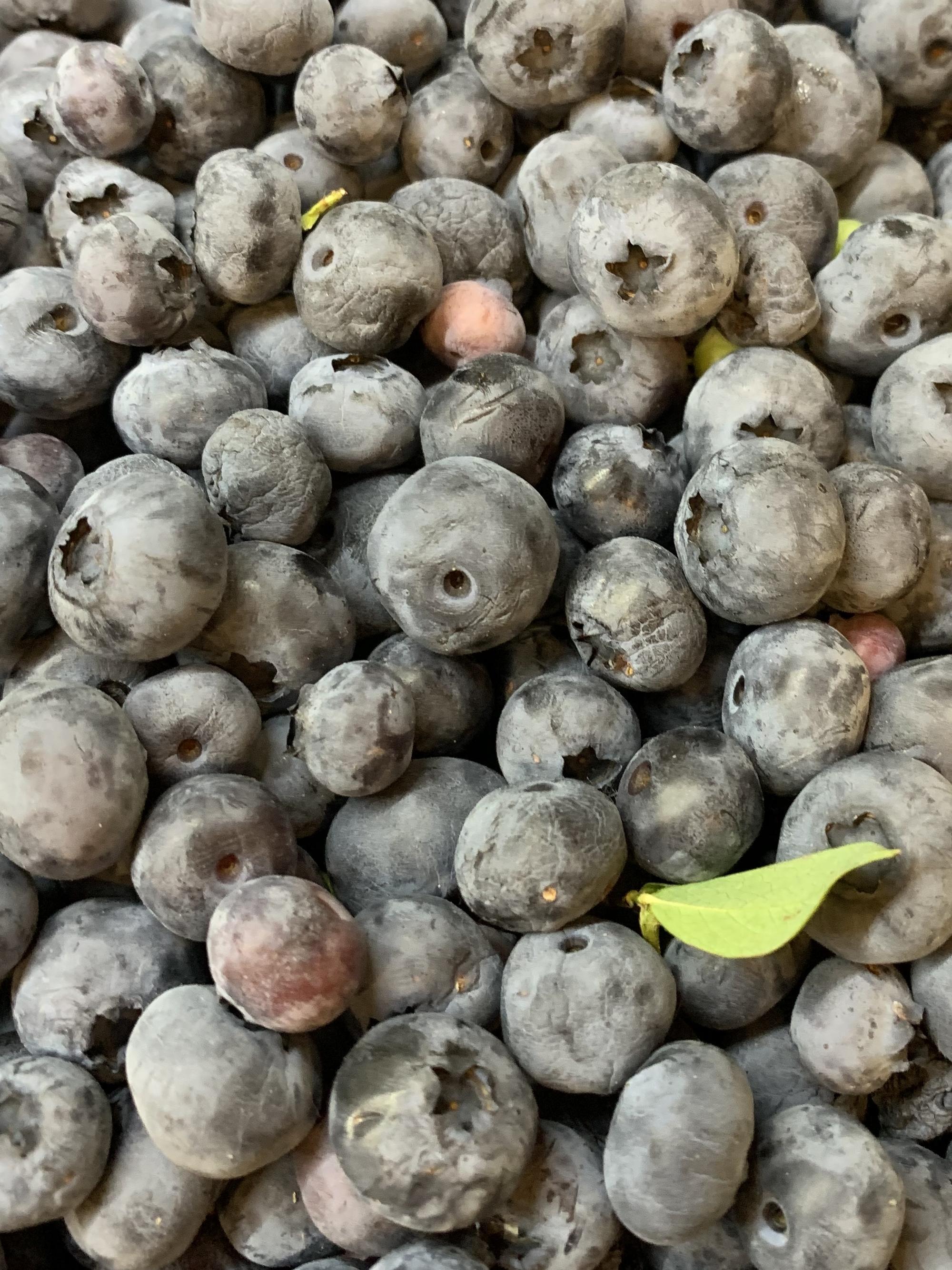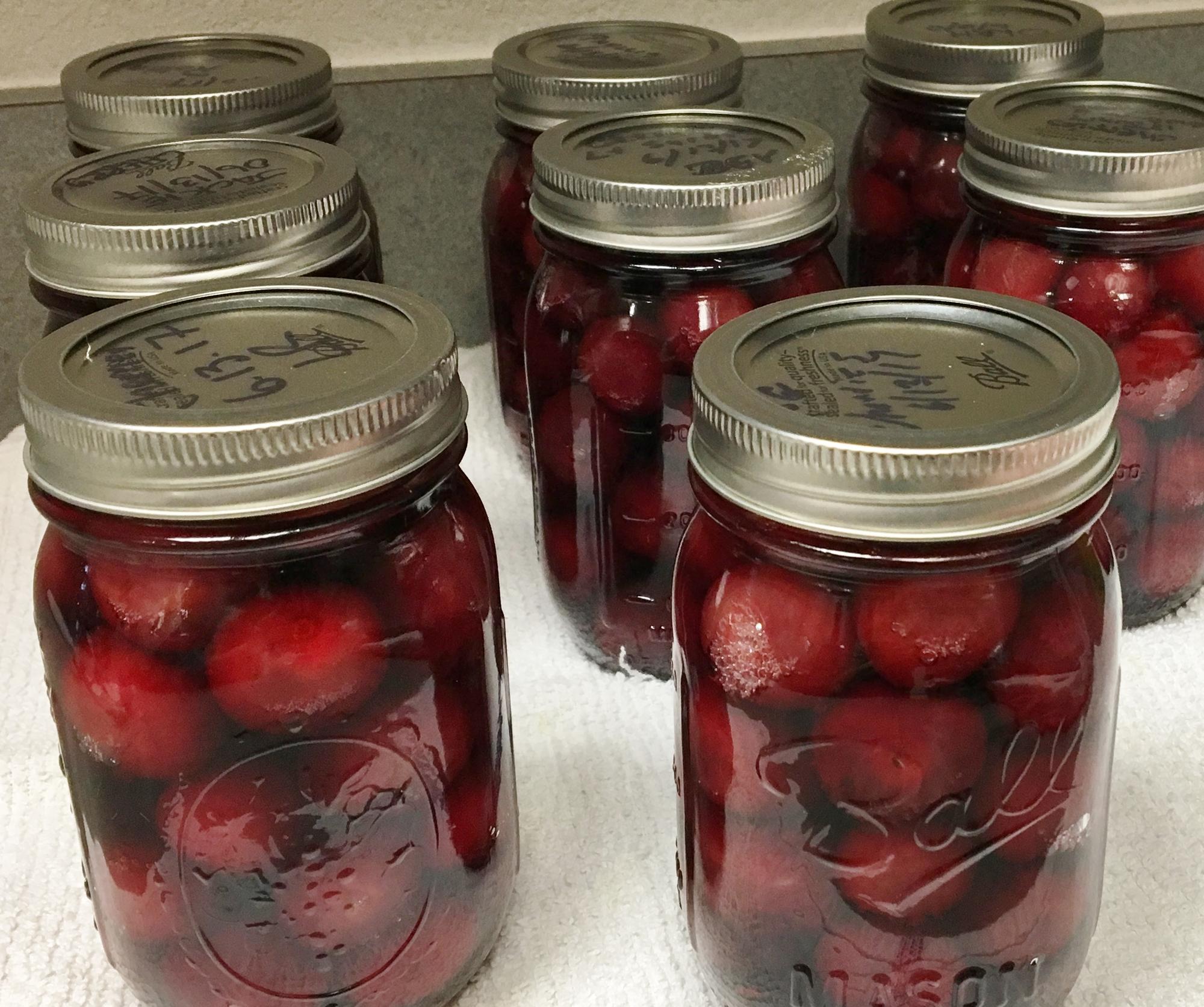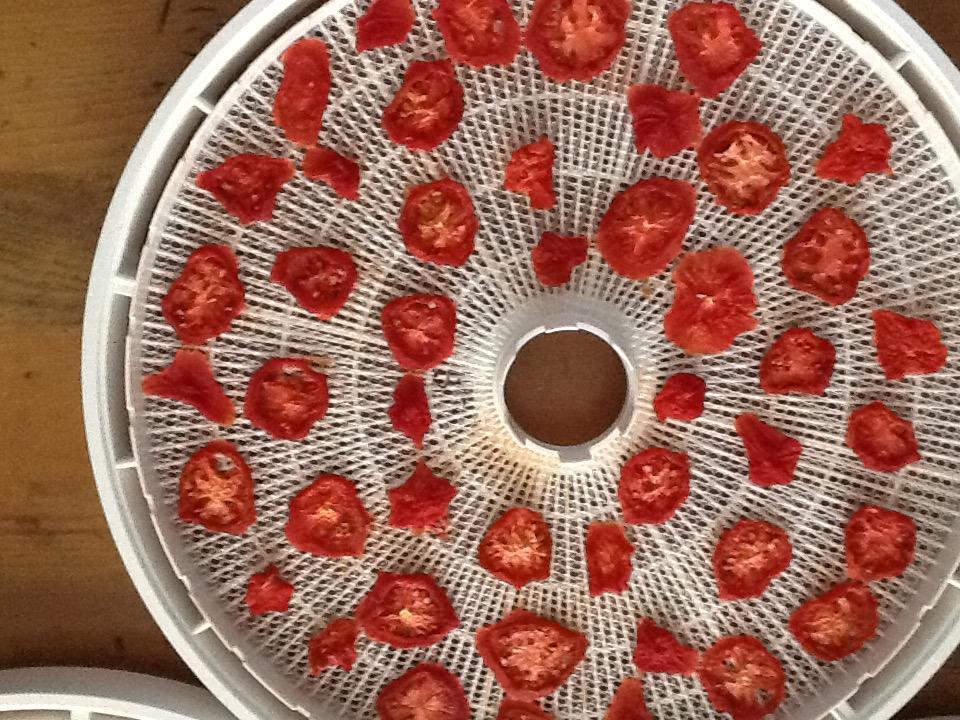Preserve Food Safely
See trusted resources that help you preserve foods safely and provide best quality. In addition to popular foods and methods found on this page, find more free information, recipes and directions at OSU Extension Home Food Safety and Preservation Publications web page.
Please let us know if you found this page helpful by clicking on the responses at the bottom of this web page. Your comments are welcome, too! All responses are anonymous.
Cranberries
Heated and sweetened cranberries are long known as a perfect sauce for sliced turkey. Make canned Cranberry Sauce and other cranberry-based condiments such as Cranberry Orange Chutney and Spicy Cranberry Salsa to have on hand for your special meals. Canned Spicy Cranberry Salsa adds a delighful kick to your turkey sandwiches. These are also great condiments for other poutry, meat, game and plant-based proteins. All three of these canned products can be made from fresh or frozen cranberries. Eat dried cranberries as a snack or add to oatmeal.
Find easy to use, safe, tested recipes and directions from Oregon State University Extension below.
Summer Sausage and Deli Style Meats
-
Home canned dry beans (Cannellini, baby Lima, black, red kidney, cranberry, and great northern beans and navy beans in molasses sauce). In addition to OSU Extension food preservation resources, other reliable resources are the USDA Complete Guide to Home Canning and So Easy to Preserve from University of Georgia Extension.
Dry beans for our nutrition and food preservation public workshops were donated by Bob's Red Mill.
Photo by Glenda Hyde
Dry Beans
Try pressure canning beans and using them to make chili, refried beans, dips, or add to soups, casseroles and stews. Canning Tips: Dried beans must be hydrated and boiled for 30 minutes prior to pressure canning to allow for save, adequate heat penetration. For best quality, fill jars with dry bean solids to 2-inch head space, then add liquid to 1-inch head space. "Dry-canned" beans and other low-acid foods are at risk for botulism. Try making refried beans from pressure canned pinto beans or hummus from garbanzo beans. Hummus and refried beans cannot be home canned due to their density.
Find easy to use, safe, tested recipes and directions from Oregon State University Extension below.
Pumpkins and Winter Squash
Try pressure canning cubes for a side dish or add to soups and stews. Puree canned cubes to make pie fillings and soups. Note: Spaghetti squash should not be canned because the flesh does not stay cubed when heated. Rehydrate dried pumpkin and winter squash to use as a side dish or puree to make pumpkin pie and soup. Pumpkin leather with pie spices makes a sweet treat the whole family will enjoy. Freezing is an easy way to preserve pumpkins and winter squash to enjoy all winter long.
Find easy to use, safe, tested recipes and directions from Oregon State University Extension below.
Meat, Poultry and Wild Game
Try pressure canning strips, cubes and chunks of meat. Ground or chopped meat can also be pressure canned and used to make quick meals. Canned meat can be used for tacos, burritos, added to soups, stews, pasta dishes and casseroles. Jerky is a nutrient-rich, portable and lightweight source of protein. Home freezing is a quick way to preserve your meat and be prepared for delicous meals throughout the year. Find easy to use, safe, tested recipes and directions from Oregon State University Extension below.
-
Harvest greens from your garden early in the day. If you are in an area impacted by wildfire smoke, rinse off any ash before you bring them inside with a gentle spray from your hose or as soon as you bring them in your kitchen. Give them a second rinse under cool running water rubbing them to loosen any dust or mud between your palms or with your fingertips.
Credit: Diane Tolzman
Kale, Spinach, Swiss Chard and other greens
Potatoes
Salsa!
-
These apple slices were pre-treated to prevent browning with an ascorbic acid solution, then blanched and kept hot until gently folded into the pie filling mixture for canned apple pie filling. Keeping the ingredients hot and filling the jars quickly prevents spoilage and extends shelflife of canned pie fillings.
Pretreating to prevent browning is also recommended when canning, dehydrating or freezing apple slices. Blanching is an optional step for drying apples, but may help reduce browning that occurs in storage for some apple varieties.
Credit: Glenda Hyde
Apples
Reputable pectin companies provide many traditional and trendy recipes that have been tested for safety and quality AND consumer hotlines or contact links to address problems specific to their products. See their products or web pages for more information.
Peaches and Pears
Tomatoes
Zucchini
Green Beans
Berries
Cherries
Food Safety and Preservation in Central Oregon
Learn more about home food safety and preservation in Central Oregon.
Browse related Extension resources
Browse all OSU Extension resources by topic. Or search for resources.
